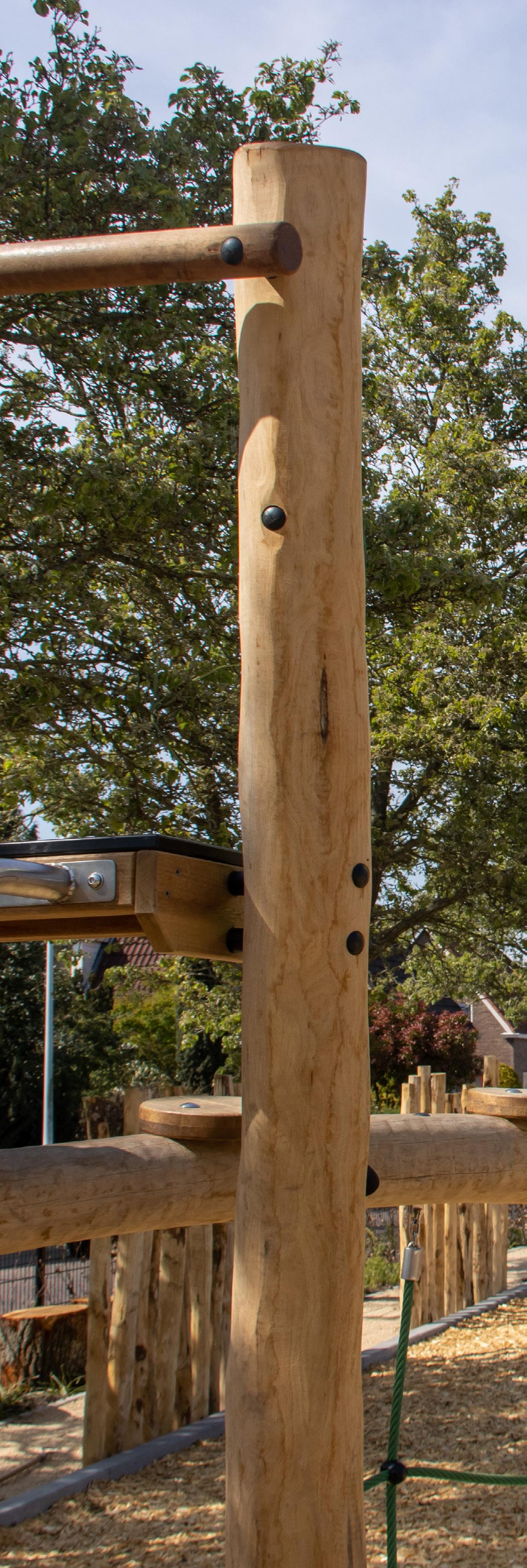ARE YOU DARING ENOUGH ??
GO ON AN ADVENTURE !!

ARE YOU DARING ENOUGH ??
GO ON AN ADVENTURE !!


BE AWARE OF WATCHING OUT!
RISKY PLAY; LEARN THROUGH TRIAL AND ERROR
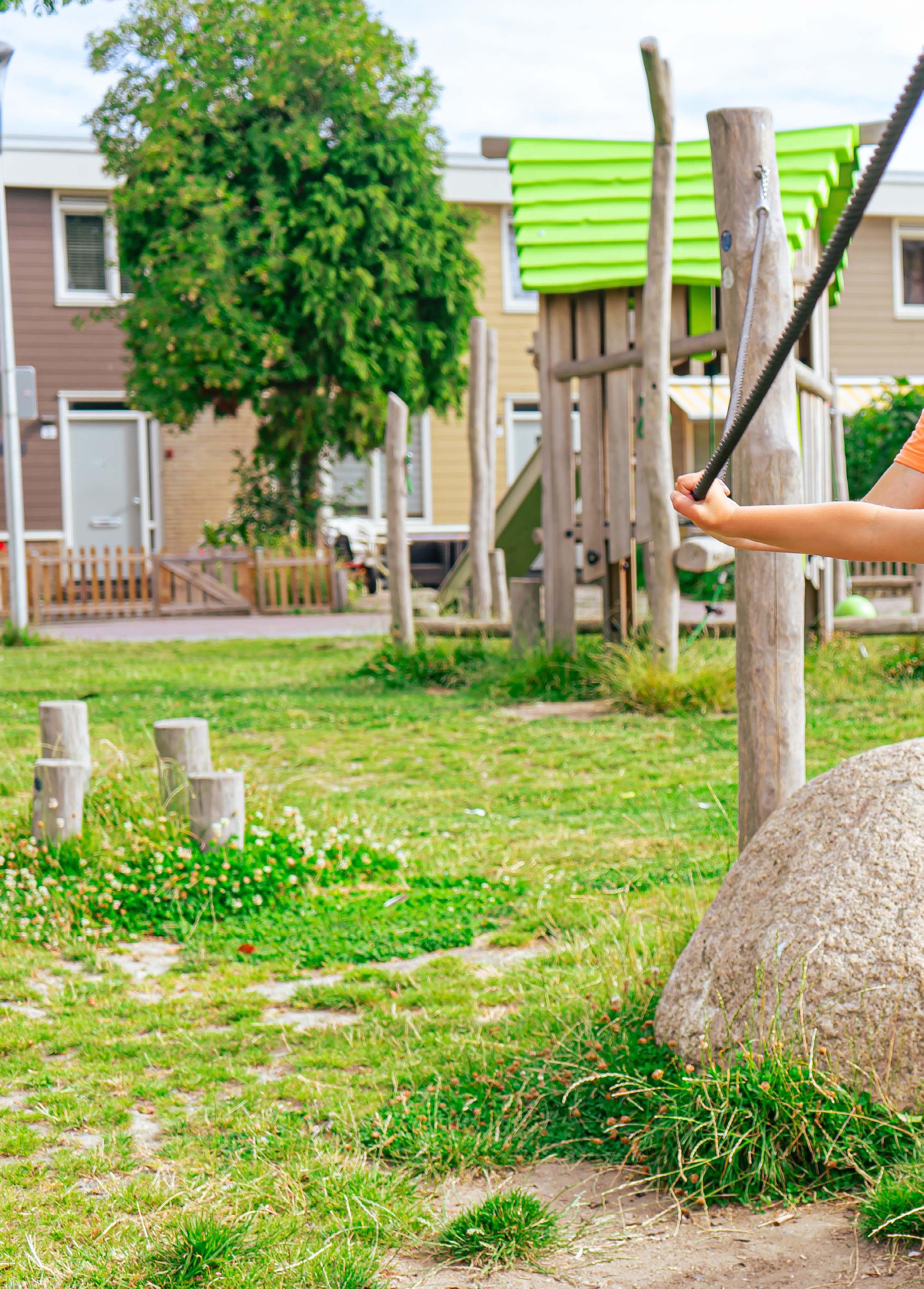
Outdoors awaits one big adventure. Children go out with their friends and experience the most exciting adventures outdoors.
Discover the new Explore product line of Adventure Play. The surprising, broad set-ups and constructions ensure challenging, exciting and adventurous climbing routes. This way children experience new adventures each time!
Adventure Play is a versatile and broad lineup of playground equipment made of Robinia wood, which makes natural playing a true experience! From sailing across rough seas in rugged play ships, to defeating knights and dragons in castles and play towers. With a wide choice for all age groups and for every type of child. Everything is possible with Adventure Play!


For well over 50 years we at BOERplay have specialised in equipping school playgrounds, public areas and recreational spaces with active playing fun. We offer an extensive range of modern playground and sports equipment, street furniture and flower boxes. All our products are durable, maintenance-friendly and vandal resistant.
With an attractive space, we invite people to move outside more. Exercise is fun. For every age, for every generation. It is important that children play outside a lot. Children play everywhere. Children prefer to have room to play that challenges them.
Adventure Play Explore is a complete play programme in Robinia wood, with details of stainless steel and HMPE plastic panels and a colourfast polyester roof. The rope constructions are made of robust and sturdy Hercules rope.
The Robinia wood used in our Adventure Play Explore devices is 100% FSC certified.
Good leeway allows children to play in their own way and to do what suits their development. Children must be able to play their own game at a good playground.
Children look at the space in their own way. For children outside one big playground. Every space offers its own possibilities and challenges. And that is why we look through the eyes of the user, we look through the eyes of the child. We base ourselves on the DISC model of psychologist William Moulton Marston which revolves around four different personality traits and is popular as a tool for assessing behavior.
With these play equipments, the playground gets a natural and at the same time tough look. Thanks to the combination with other types of material, we guarantee many years of low-maintenance playing pleasure.
Adventure Play Explore is an outdoor challenge for real adventurers who do not shy away from some challenge and excitement. Just a little different and full of surprises. Children discover new routes every time, experience new adventures with their friends and continue to surprise themselves!
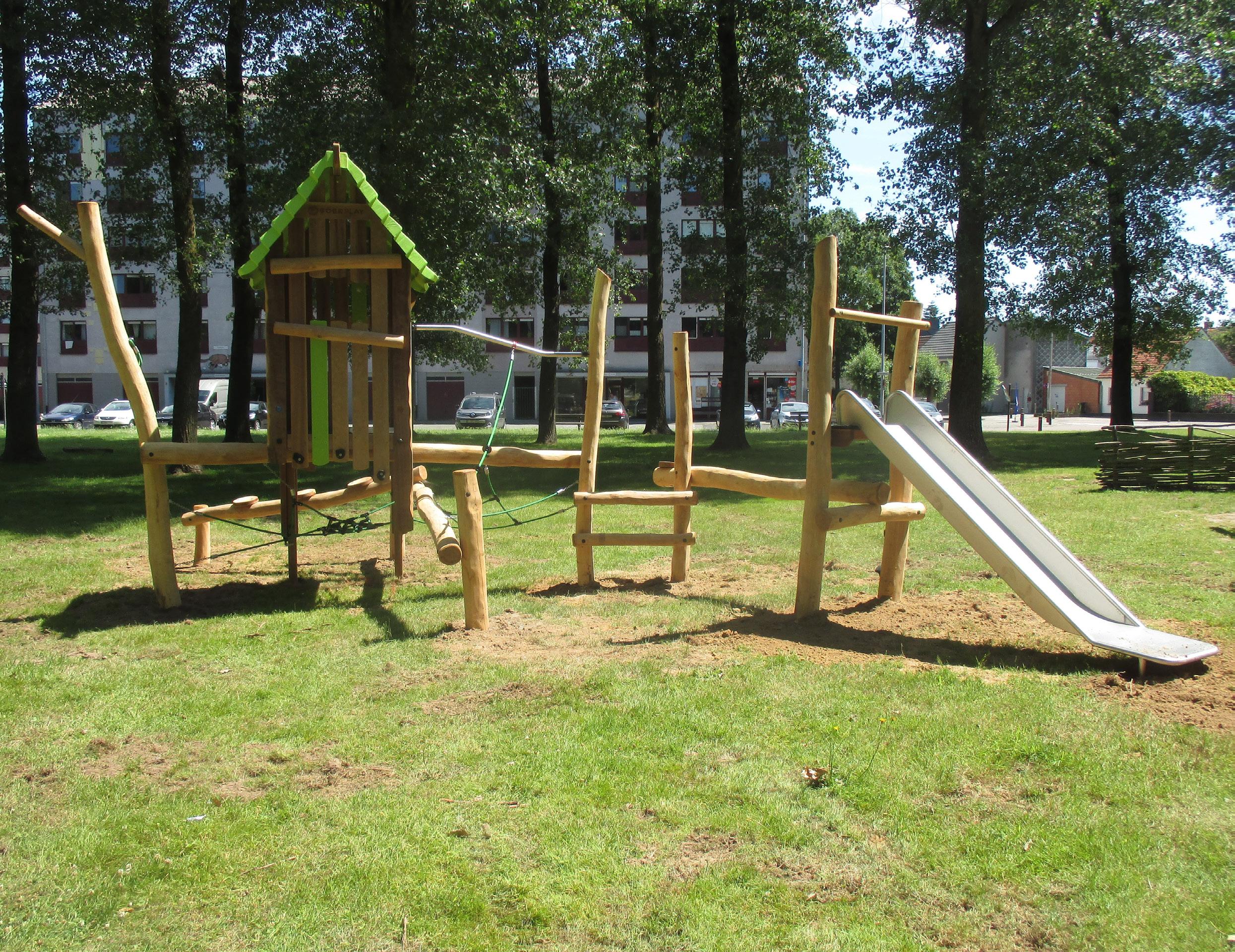
• Challenging and exciting
• Determine your own route
• Both high- and low trails
• Surprising details
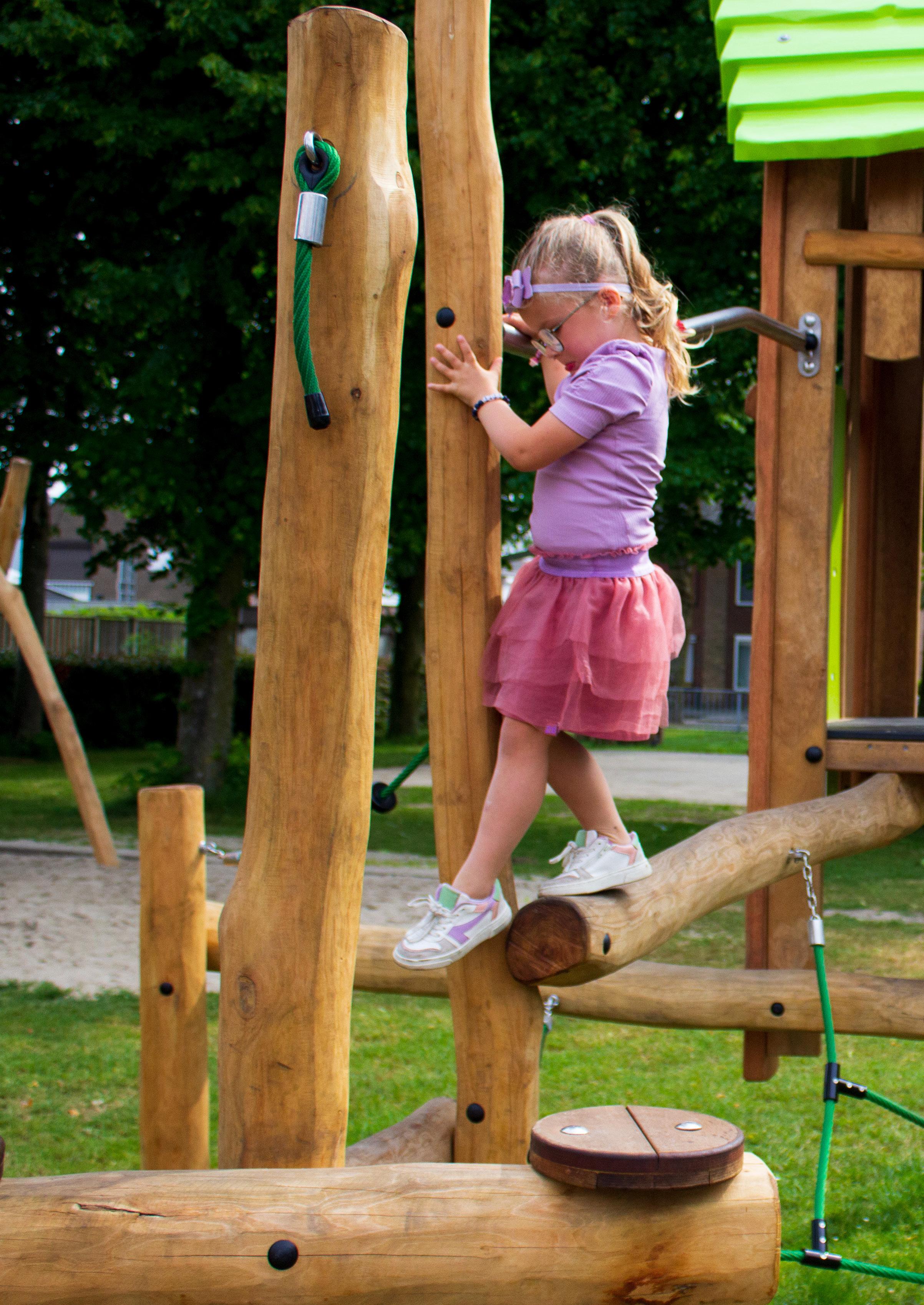
• No standard entrances
• Different routes
• Striking and colourproof polyester roofs
• Surprising details in HMPE
• Low maintenance plastics floors and platforms
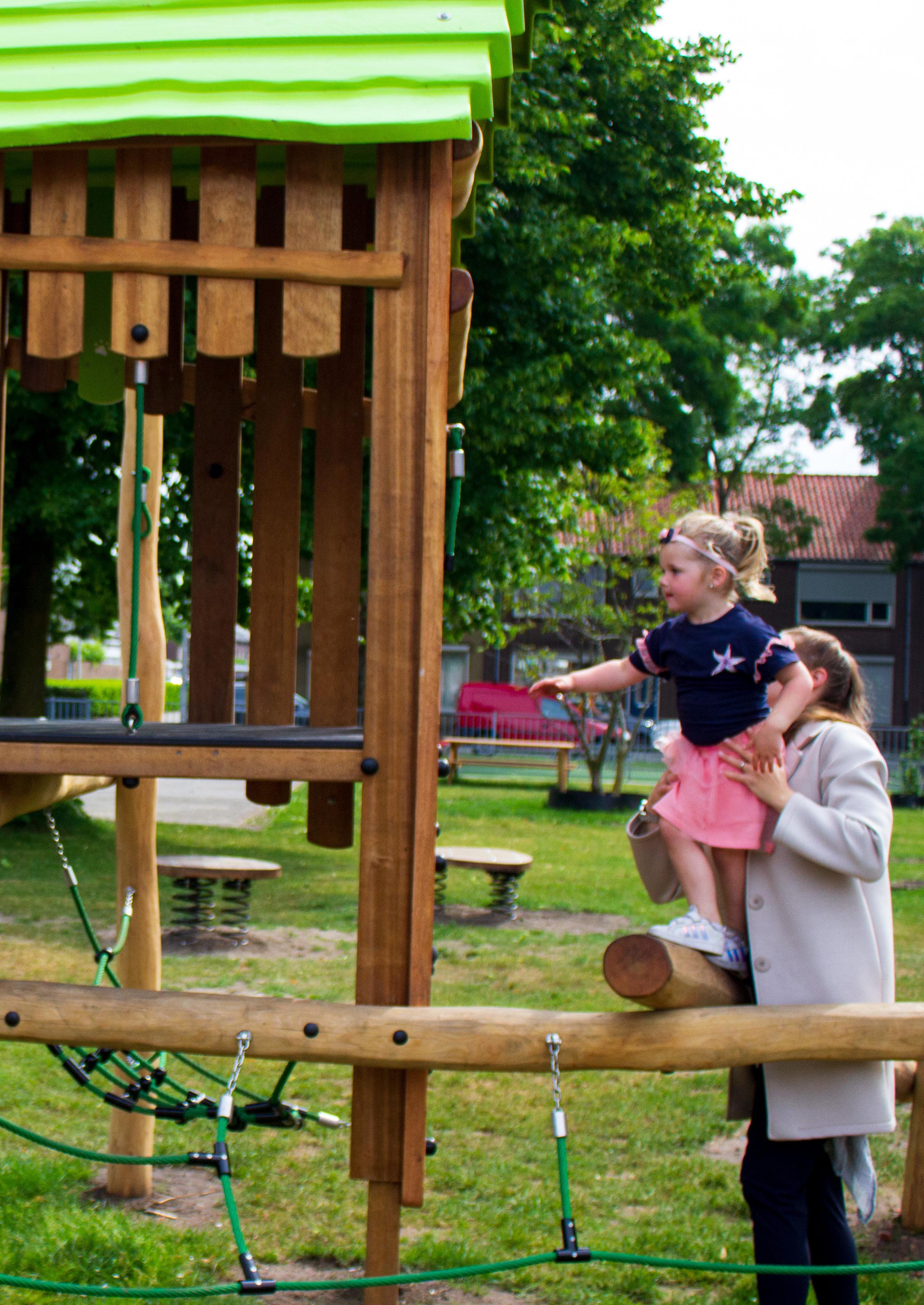
Research (TNS NIPO) on how parents in the Netherlands think about risky play shows that:
• most parents (76%) believe that their children learn to better assess their limits if they play more risky
• many parents (79%) want their children to play more risky
• parents find that a task of their own (94%)
• more than half of the parents also think it is a task of others (daycare, school, etc.)
• a large proportion (80%) think that a (nature) playground is a suitable option for this
• many parents (71%) are afraid that their child will be hurt during risky play
• parents find it annoying (58%) that the environment blames them if their child is hurt
bron: https://www.veiligheid.nl/risicovolspelen/onderzoek- juni 2019

OF WATCHING OUT! BE AWARE
Children love excitement and dangerous things. They seek adventure. Children want to climb and clamber, preferably high up. Going on an adventure, pushing their limits. Adults are watching this behavious anxiously and before you know it you will hear some shout: “Watch out, you will fall”.
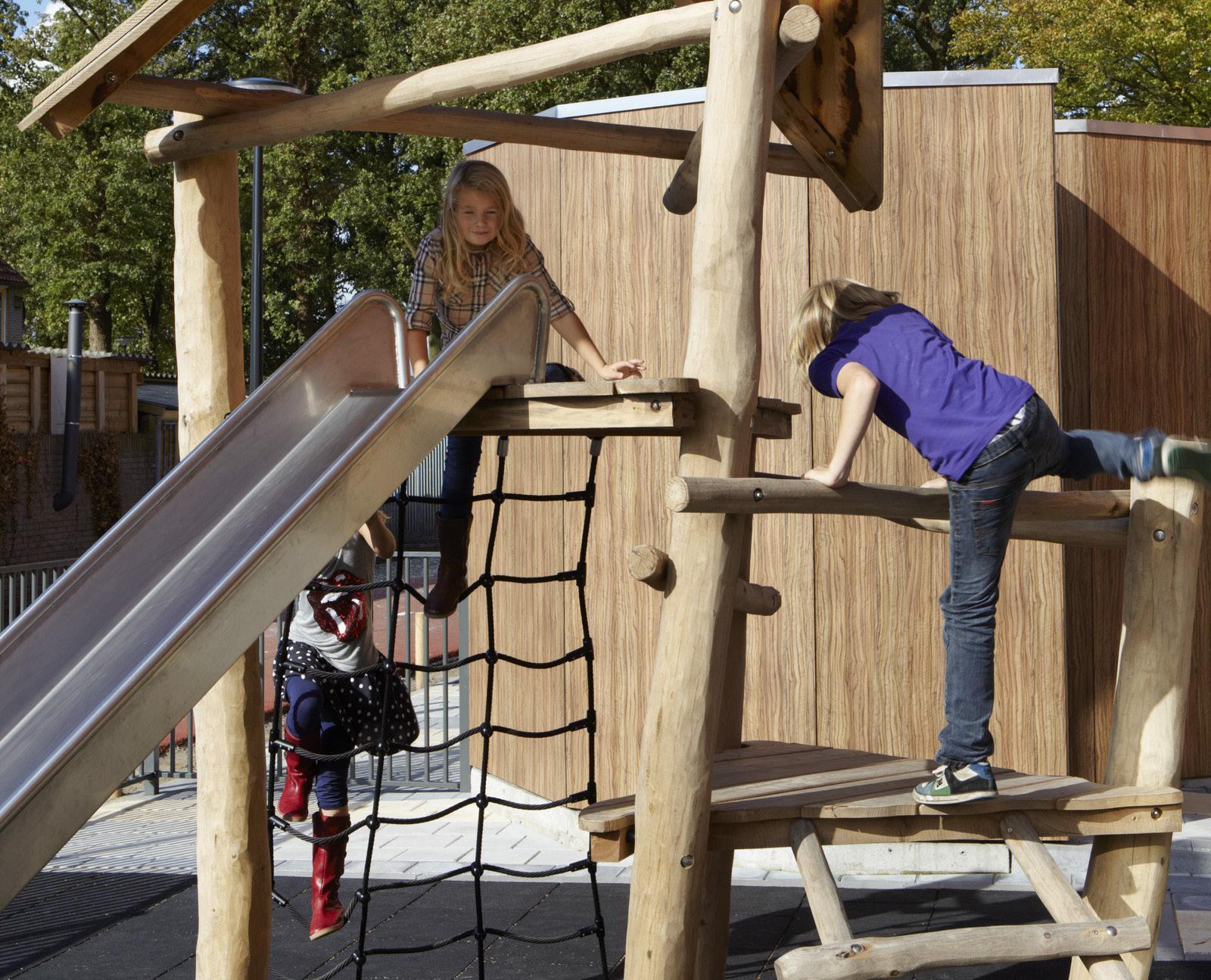
There is a big difference in what children want and the protective behaviour of their parents. These days children are no longer allowed to fall. And when it does happen, they no longer know how to break their fall, with all kinds of unpleasant consequences. What if, from an early age, we let them go ahead with climbing and scrambling, discovering their physical abilities?
Mathilde, 9 years old: ‘Many crossings, houses, bridges and nets.’
They learn to deal with the risk and its consequences and also learn how to fall safely. Give children options, let them discover for themselves where they want and dare to go. Give them the space to learn how to deal with acceptable risks. Exploring boundaries, pushing boundaries. This is not an encouragement for playing downright dangerously, but an invitation for challenging and exploratory play. Children will literally learn to stand their ground and grow up to become strong(er) personalities. Both physically and mentally, creating more self-confidence.
nice high climb!
Milou, 6 years old: ‘lots of climbing and lots of dangerous things! And sliding of course!!’
A question that logically arises when we encourage children to explore their limits is whether this leads to dangerous situations. Of course we have to protect children against unacceptable risks, but a scratch or a bruise is often not bad at all. It seems strange, but there are even advantages:
Risky play:
• has a positive influence on physical health
• increases self-confidence, self-reliance and perseverance
• enhances the child’s social skills.
Extensive international scientific research has been done on this. These studies show that risky games are good for a child’s development.
The most important research results summarized:
By experiencing risky situations during play, children develop risk competencies: they learn to estimate risks and develop cognitive skills to make the right decisions when a risky situation reappears.
Taking risks is part of the “toolbox” for effective learning. Playing risky develops a positive attitude of “I can do it” and with that a child starts to see challenges more as something to enjoy rather than to avoid. This increases independence and self-confidence, which can be important for their perseverance when faced with challenges.
Playing risky has a positive influence on the physical and mental health of children and on the development of social skills. Children stand stronger in their shoes and can better resolve conflicts and recognize emotions of playmates.
Movements that are common in risky games, such as swinging, climbing, rolling, hanging and sliding, are not only fun for children, but also essential for their fine motor skills, balance, coordination, and body awareness. Children who don’t do that are more often clumsy, feel uncomfortable in their own body, have a poor balance and have fear of movement.
In short, a bit of tension during play is not only fun for children, it also turns out to be good for them. By designing the outdoor space in a challenging and exciting way, a boring playground turns into a surprising physical exploration. Which is also good for their development!
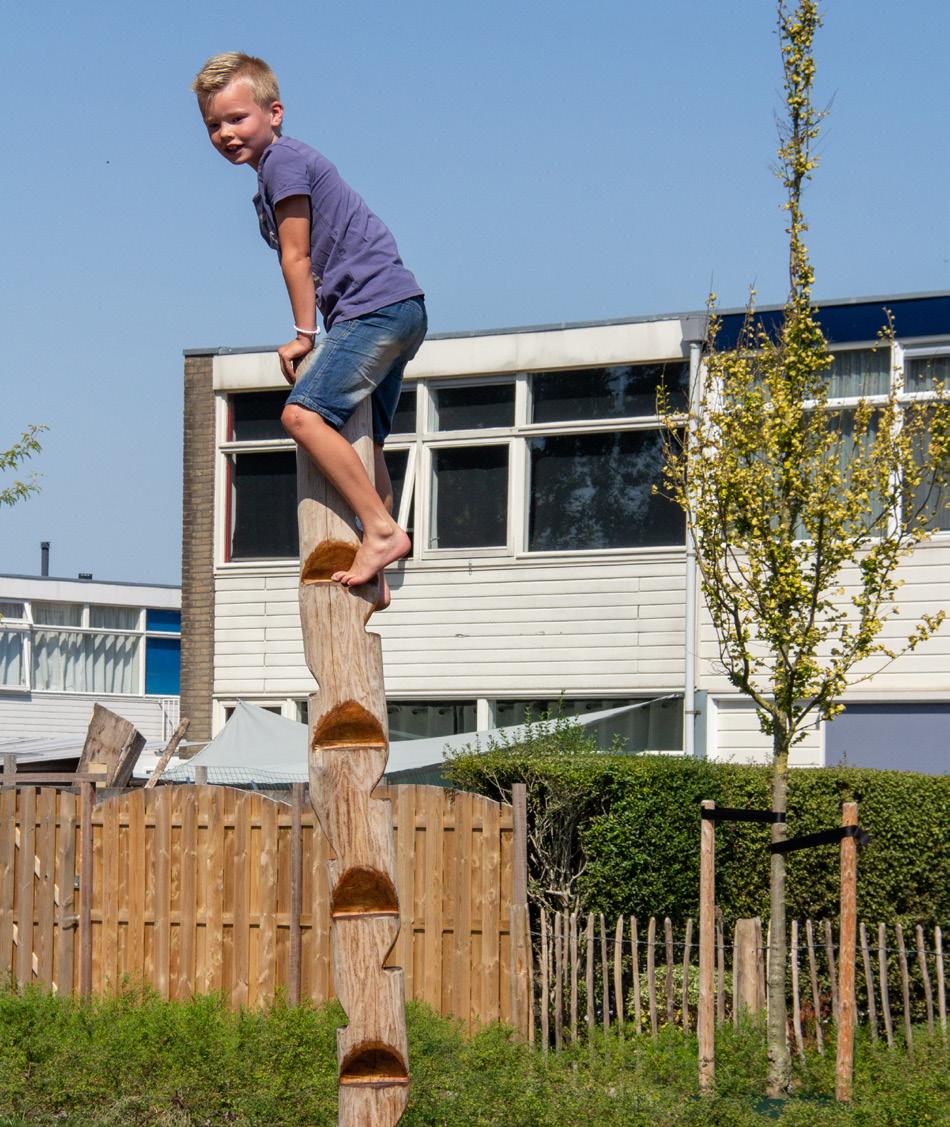
There is less and less space in the public space to be able to play freely outside. There are fewer undeveloped sites, there is more supervision and stricter guidelines apply. This has led to less challenging play areas.
At the same time there is more demand for opportunities for risky play in a safe and at the same time challenging environment that meets the needs of children.
For managers, designers and urban planners involved in the design of outdoor space, the challenge lies in realizing more opportunities for risky play.
Our tips for adventurous play areas:

1. Go for accessible playgrounds which children visit frequently, such as a schoolyard or daycare
2. Take into account the 4 types of children: energizers, structure seekers, builders and observers
3. Create a challenging landscape with height differences and sufficient greening
4. Ensure that children can interpret and create the play options themselves
5. And ensure that playing options per season and weather types may vary!
“Wounds and bruises are the medals of your youth”

Playhouses with different entrances and exits and a wide variety of play values
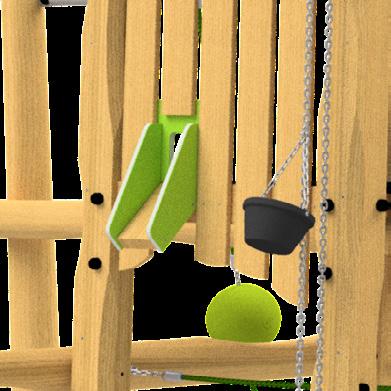
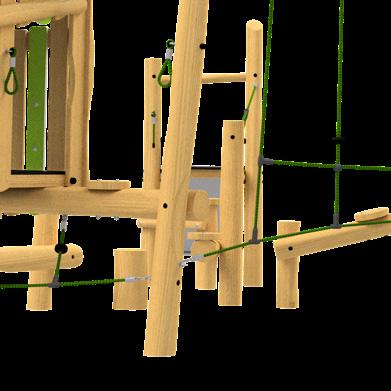
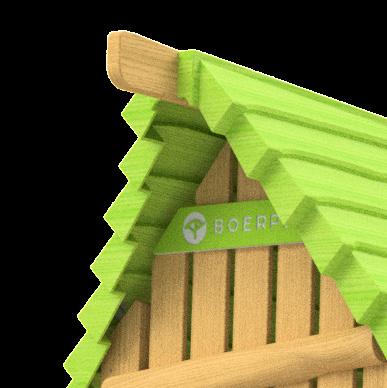

Recommended age
The length, width and height of the equipment
The maximum height of fall
The obstacle-free zone that is required
Striking and colourfast polyester roof
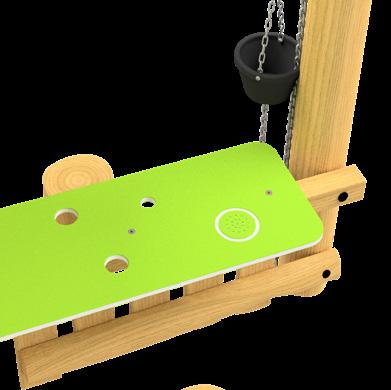
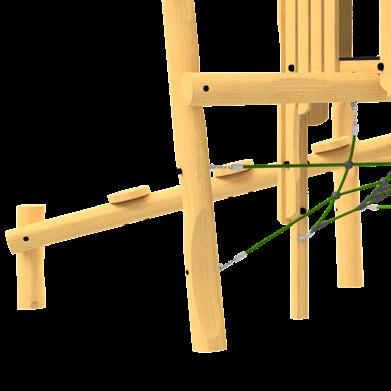



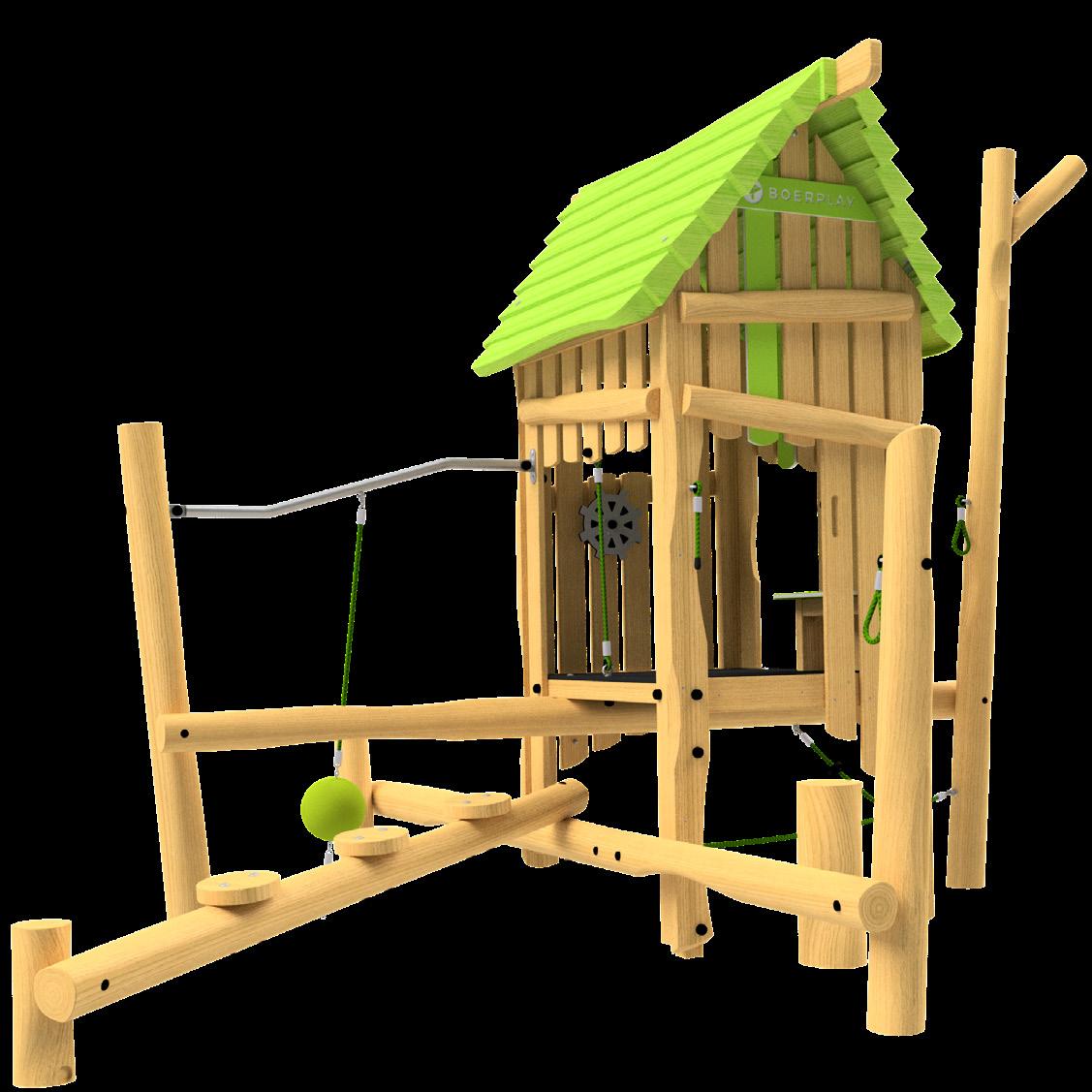



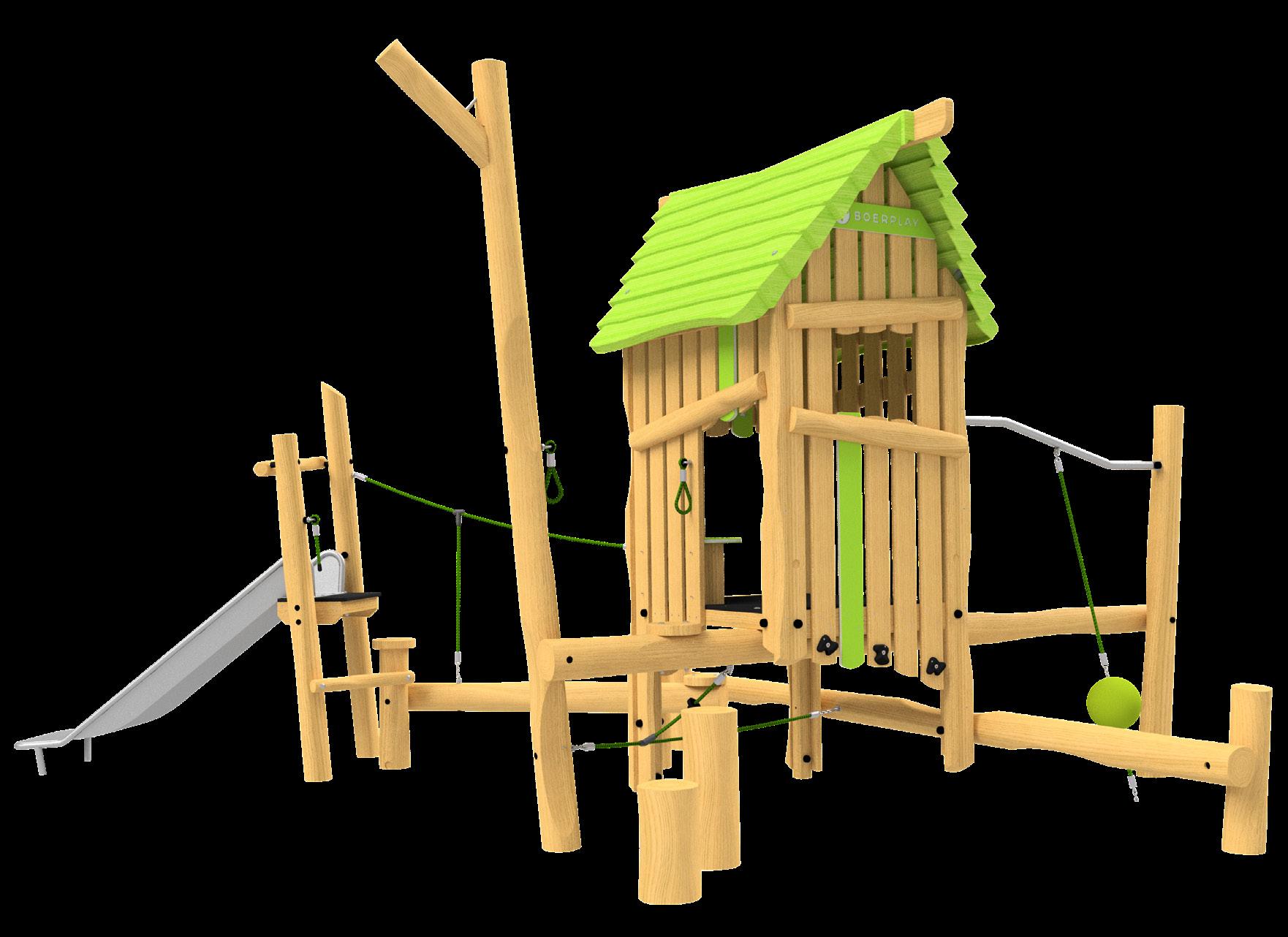
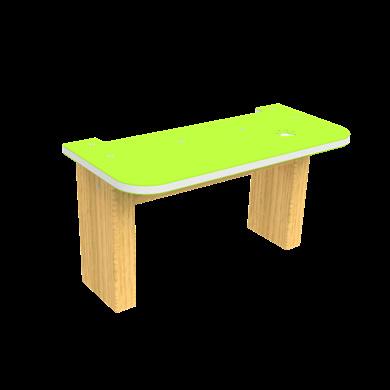
You don’t always have to go high up for a discovery tour. You can also create tension and challenges on a low Trail. Even for the little ones, there is plenty to experience up to a height of 0,95 m. Playing in the playhouse, scrambling in, on and through the equipment and continuously discovering new routes! Balance, falter, you really have to do something to get to the house. And by making the slide part of the route, the survival becomes even more exciting!
 Seat inside the playhouse; various ways to reach the playhouse.
Seat inside the playhouse; various ways to reach the playhouse.
As slow as a snail or as fast as a hare... Which of these animals is the fastest? Put them in order from fast to slow(er). And how fast are you?
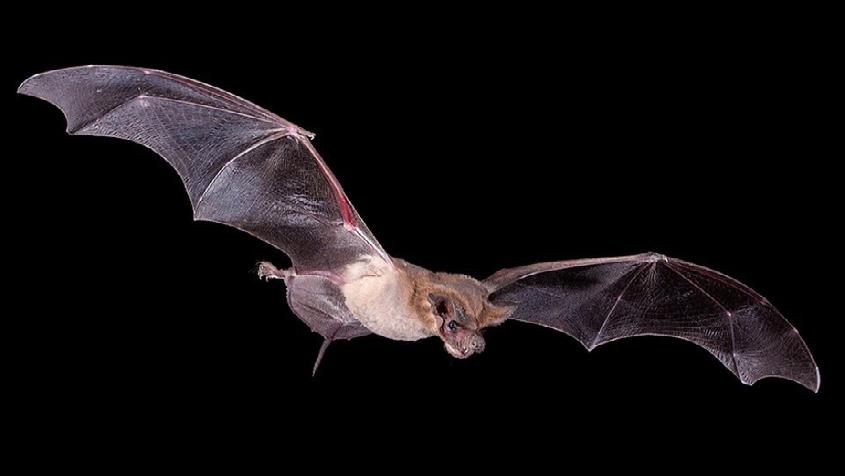


cheetah

pigeon

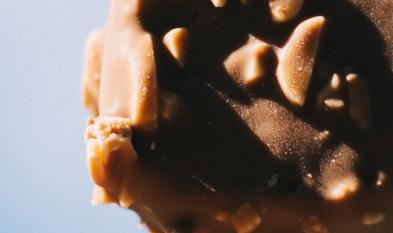
Some animals or things are so small that you cannot see them with the naked eye. If you look at it through a microscope or a magnifying glass, it suddenly looks like a monster or a huge rock! When you magnify something, it can appear very differently. Let’s see if you can guess what is shown on these pictures:




 1.
2.
3.
4.
5.
1.
2.
3.
4.
5.




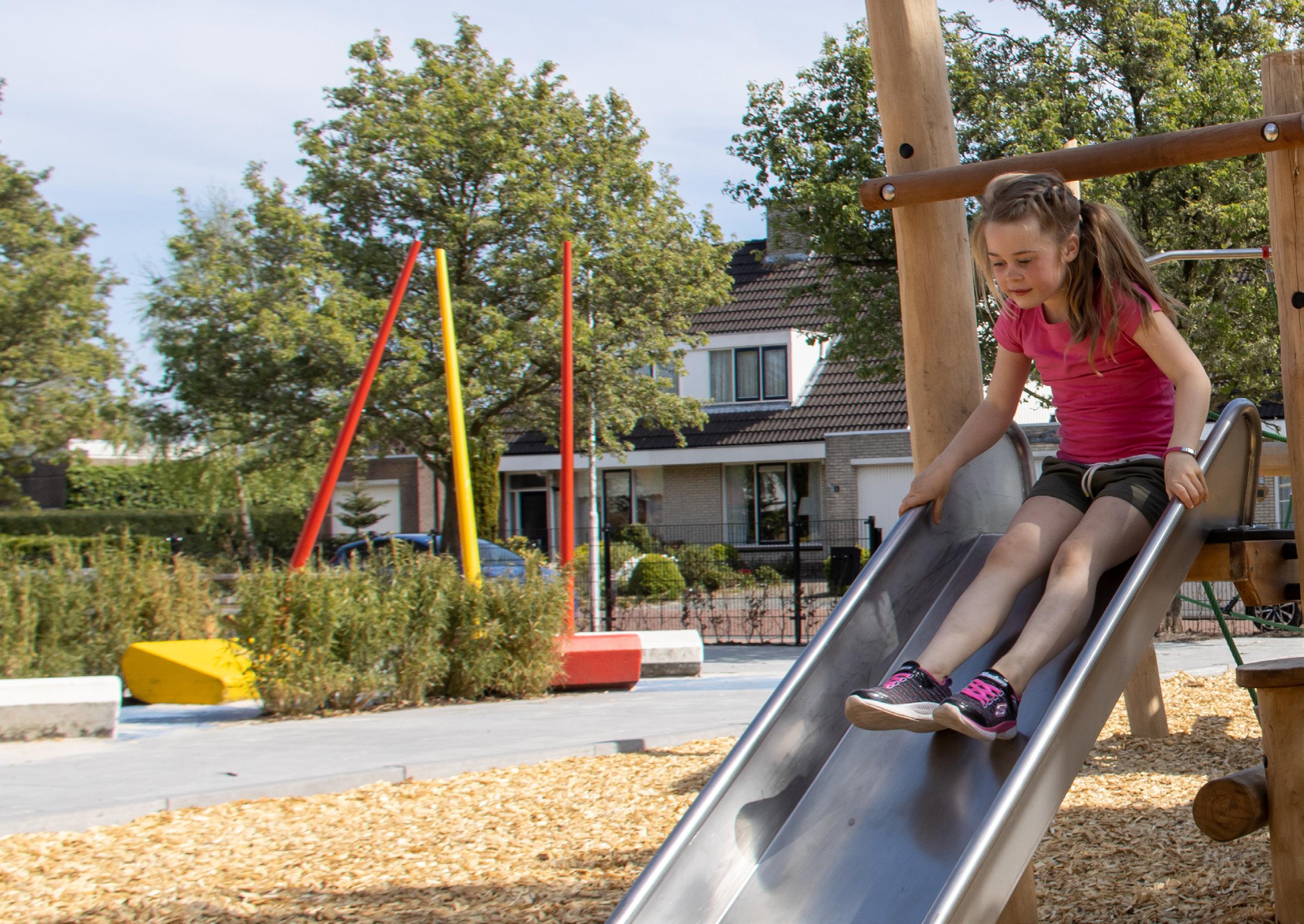
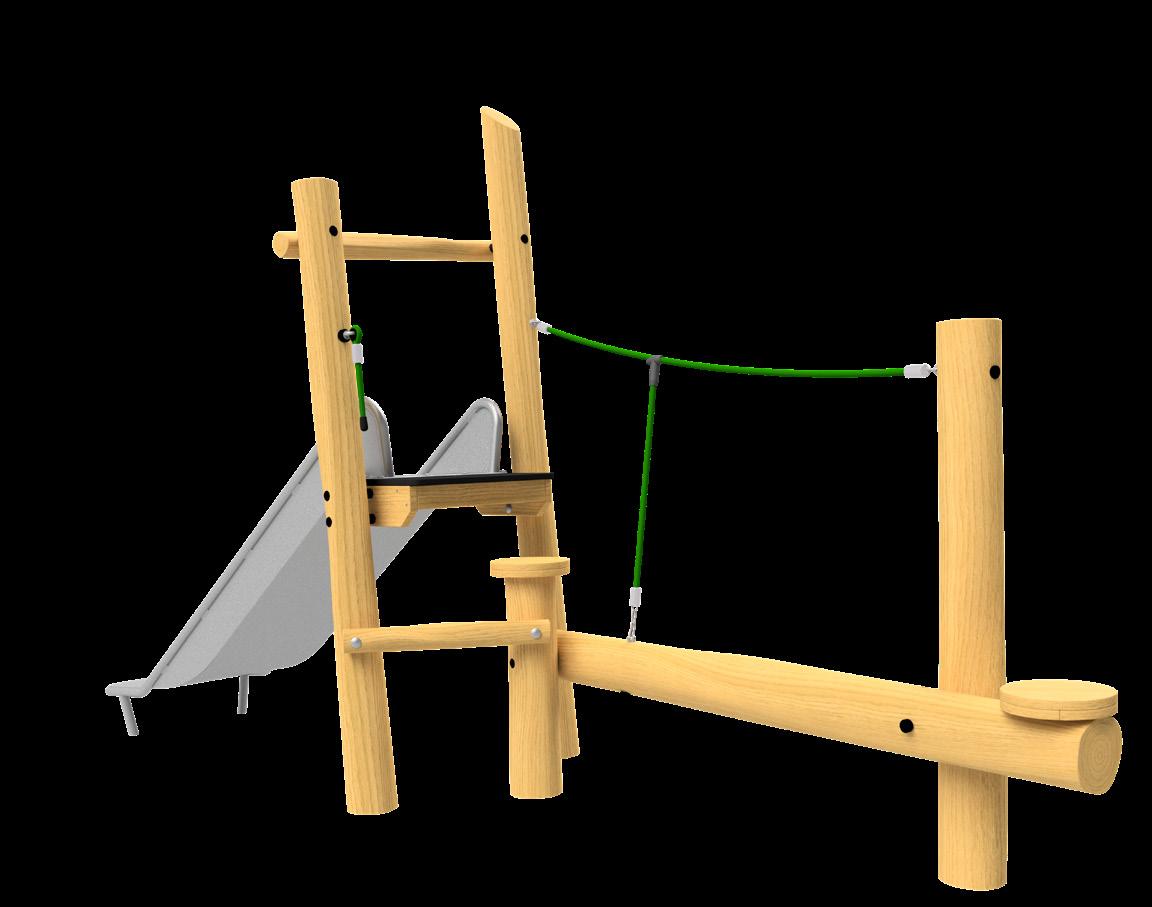

Via the balance bars, the net, the ball or even along that wobbly rope? Discover a different route each time!
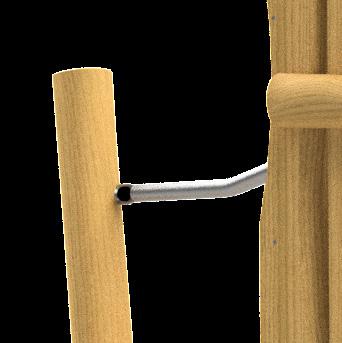

Great sand play with the included hoist and gutter!
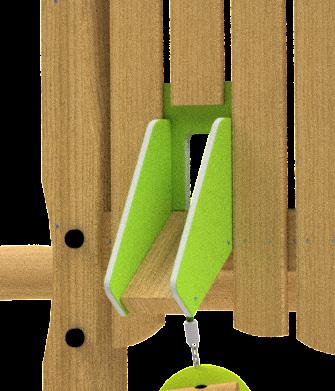
Also with challenging bannister slide!
With the house at 0.95m and the slide at 1.45m of height, placement on grass is possible!




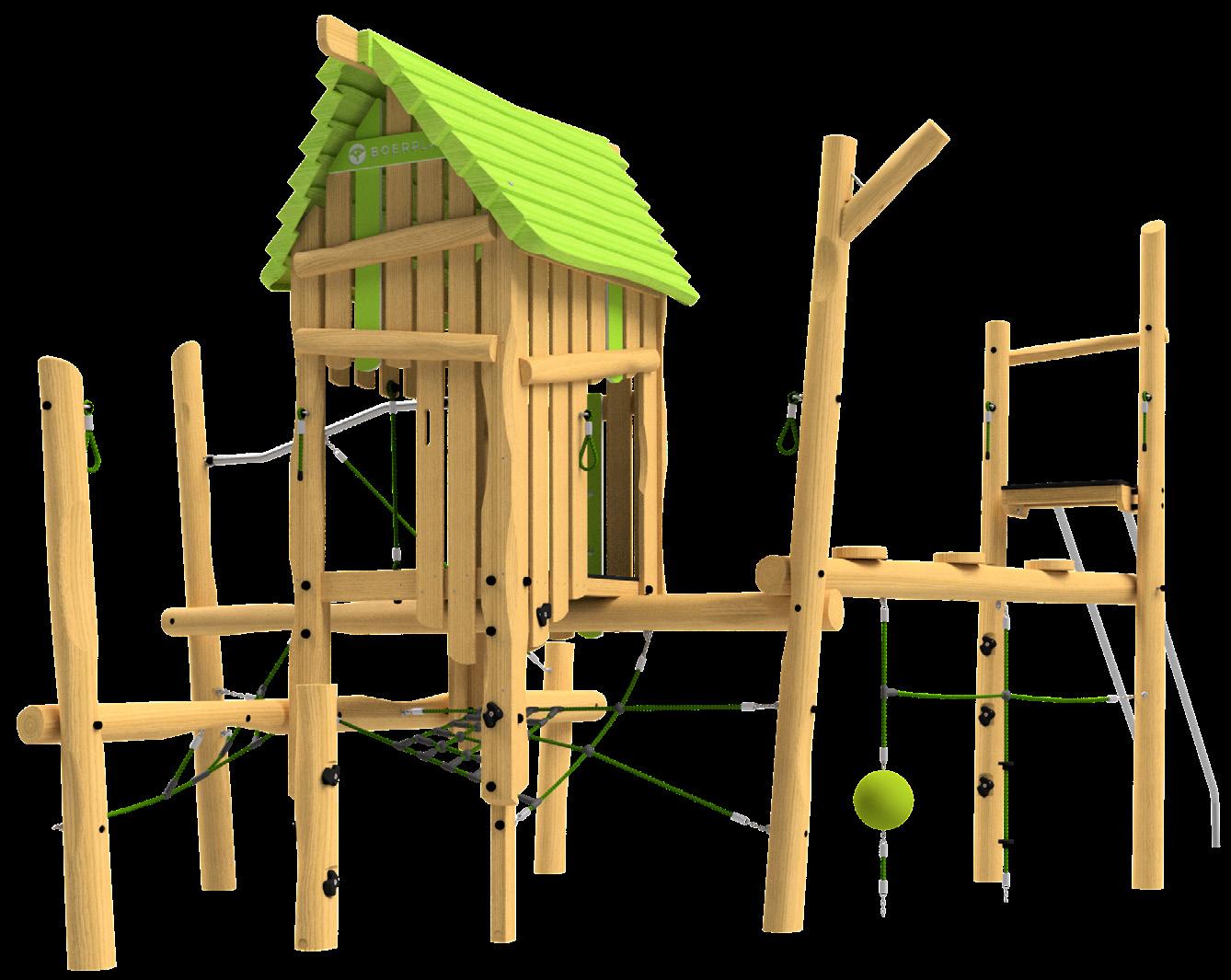
Available with an exciting banner slide (.9B) or a stainless steel slide with a height of 1.95m (.9R)
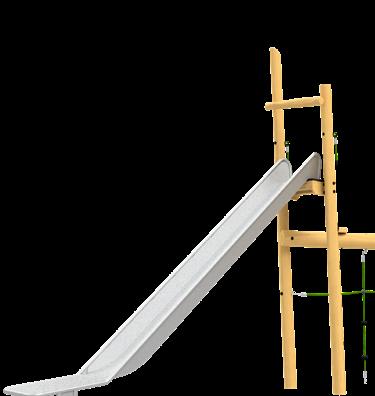
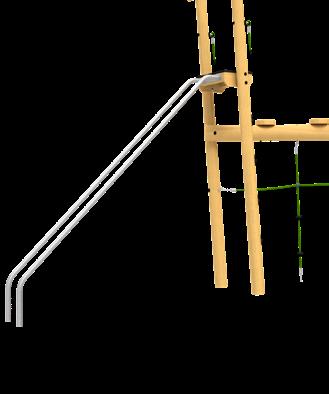
Lounging or climbing up, with this hammock net both is possible!
The climbing loop helps you on your way
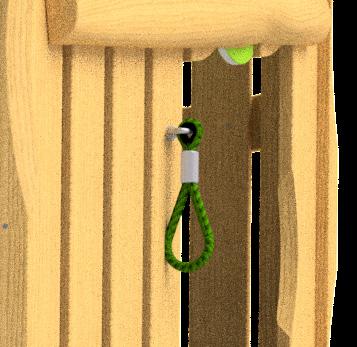
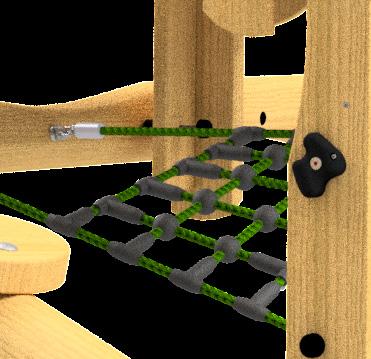


Things that look the same often turn out to be slightly different if you look at them carefully. Similar in the image below. Can you spot the 11 differences?
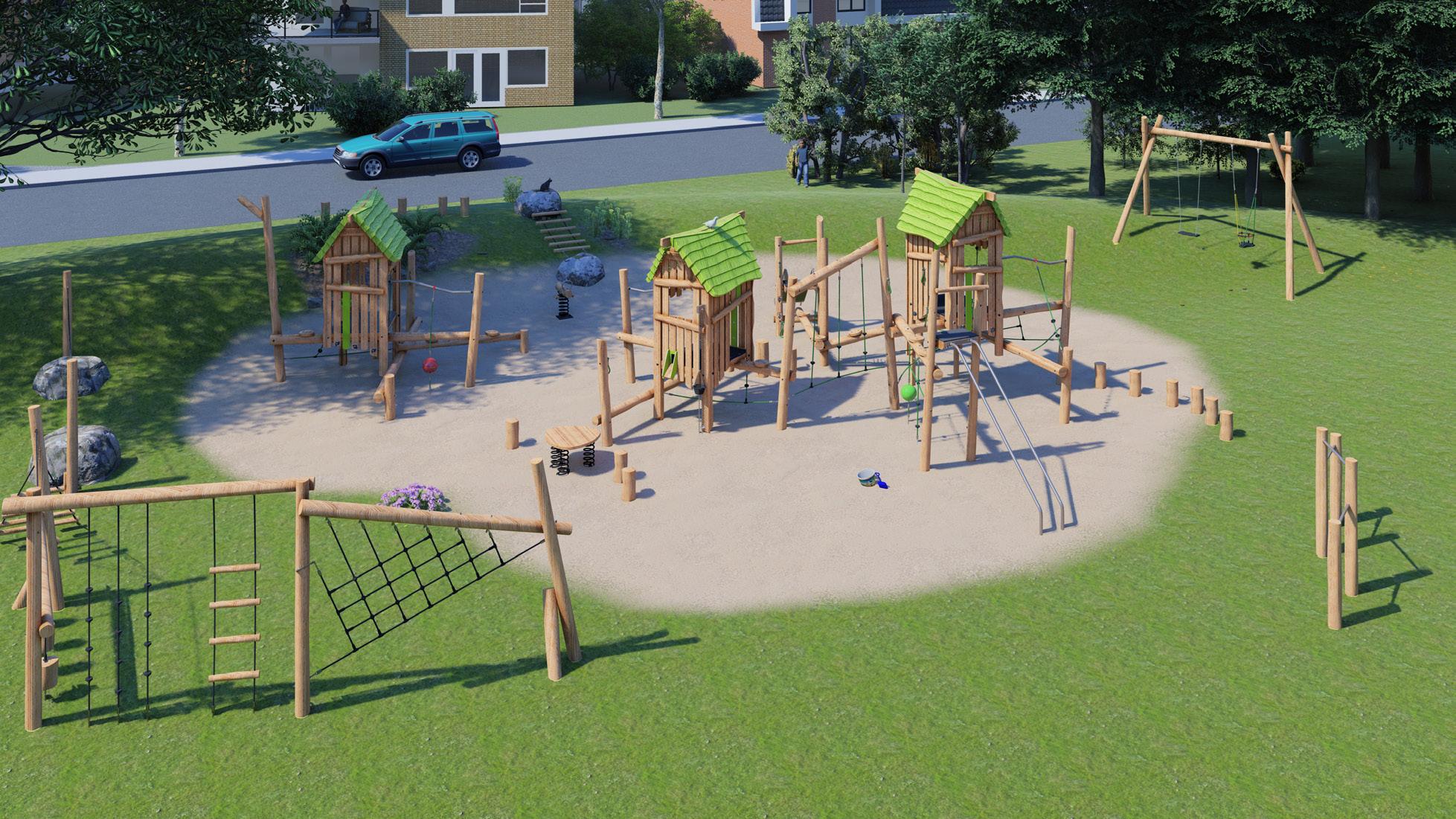

Did you know that the most beautiful places in nature can be found all over the world? Nature keeps surprising you! Take a trip around the world and discover the most beautiful nature parks!

Yellowstone

The United States of America
Canaima - Angel Falls

Venezuela

Amazone
Brazil
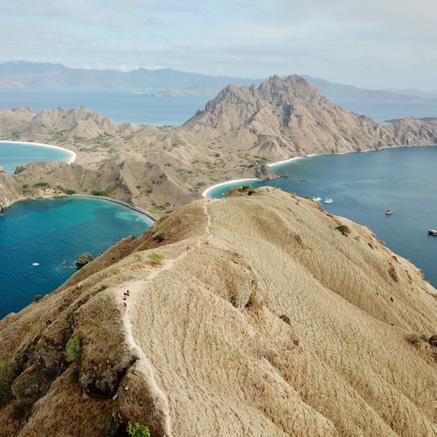
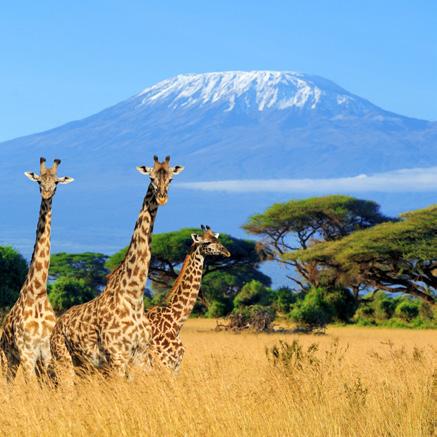


China
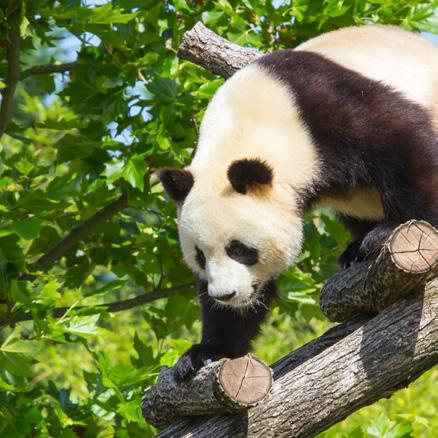 De Biesbosch The Netherlands
Cinque Terre Italy
Mount Kilimanjaro Tanzania
Komodo Islands Indonesia
Wolong
De Biesbosch The Netherlands
Cinque Terre Italy
Mount Kilimanjaro Tanzania
Komodo Islands Indonesia
Wolong
Find a route yourself to get off the slide or the fireman’s pole; these are all part of this trail. You have to make an effort and take a little risk to get there. As a reward you can slide down!

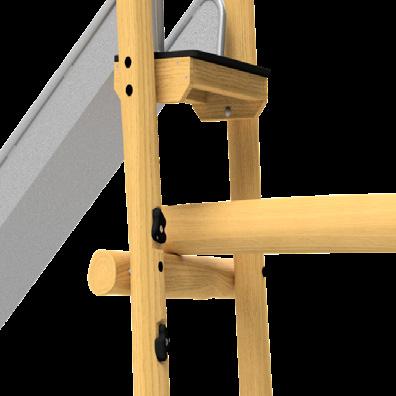

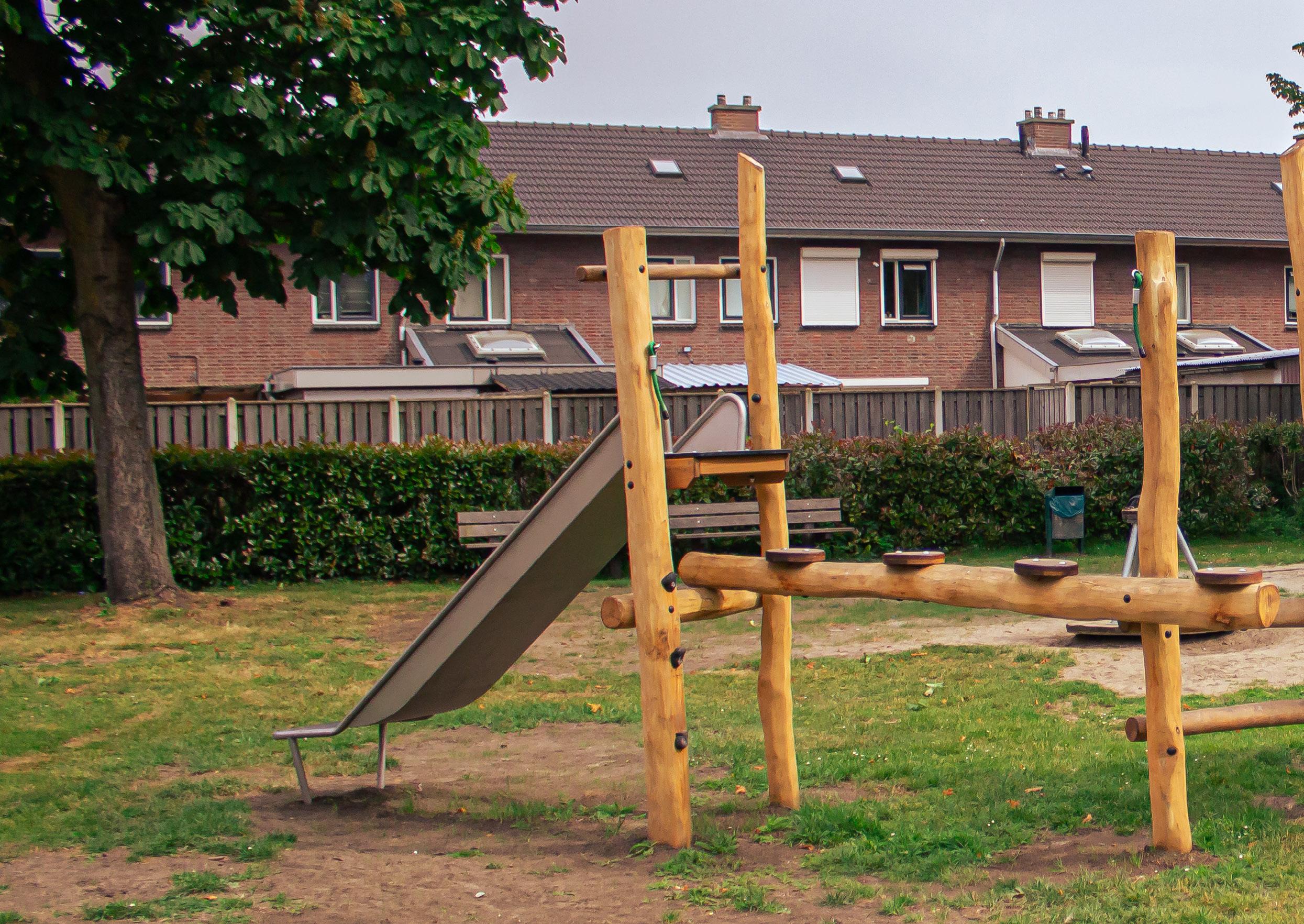

Discover various routes with this combination of high and low trails, exciting connections, challenging crossings and many play values!
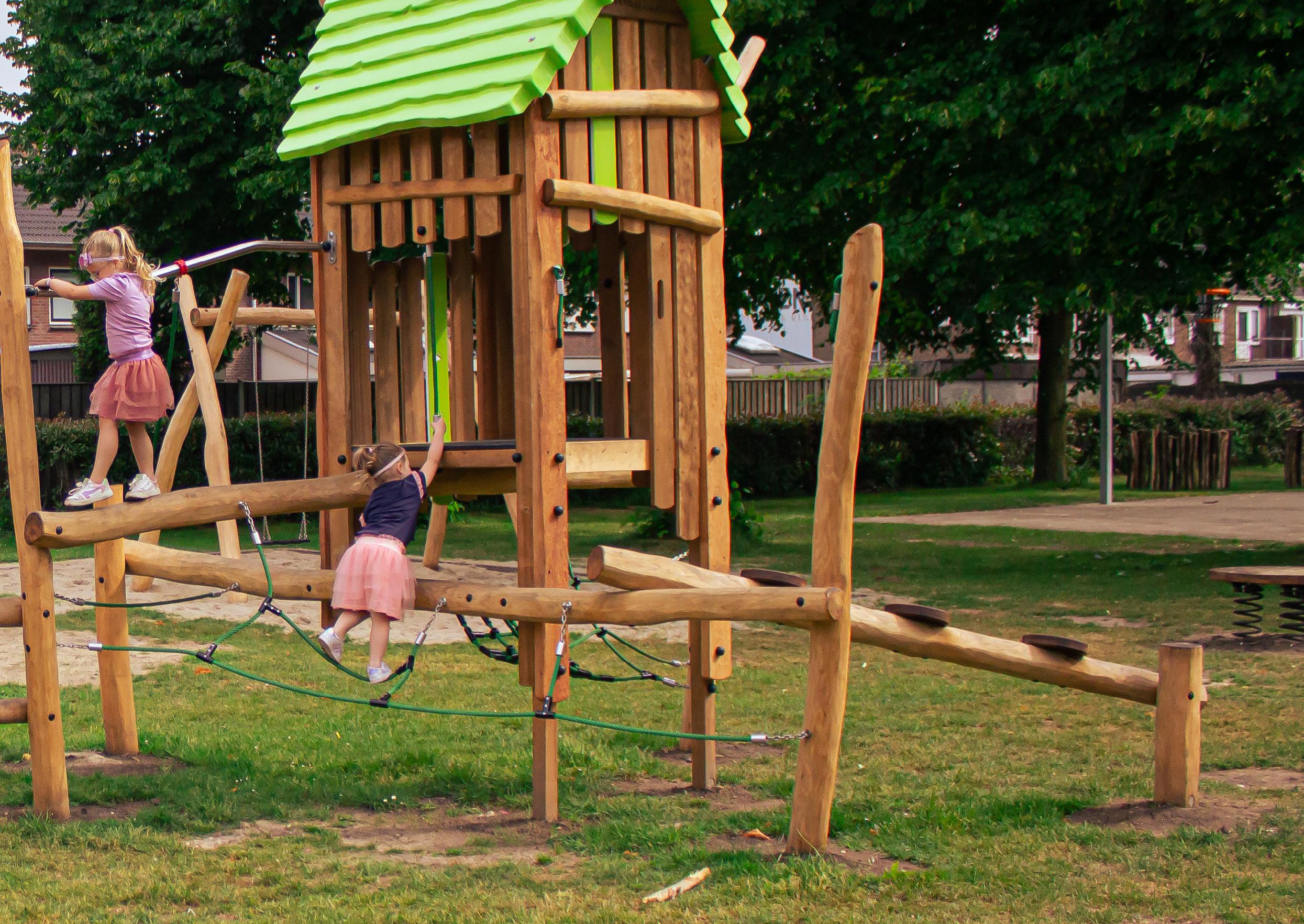
for the REAL adventurers!
What does your favorite outdoor playground look like? Do you sail through rough seas? Immerse yourself in a wonderful underwater world? Surviving on an uninhabited island? We want to know your outdoor adventure! Make a nice drawing and send it in (just take a photo and send it to info@boerplay.com stating “my outdoor adventure” suffices). Who knows, you might see your outdoor adventure again on our website!
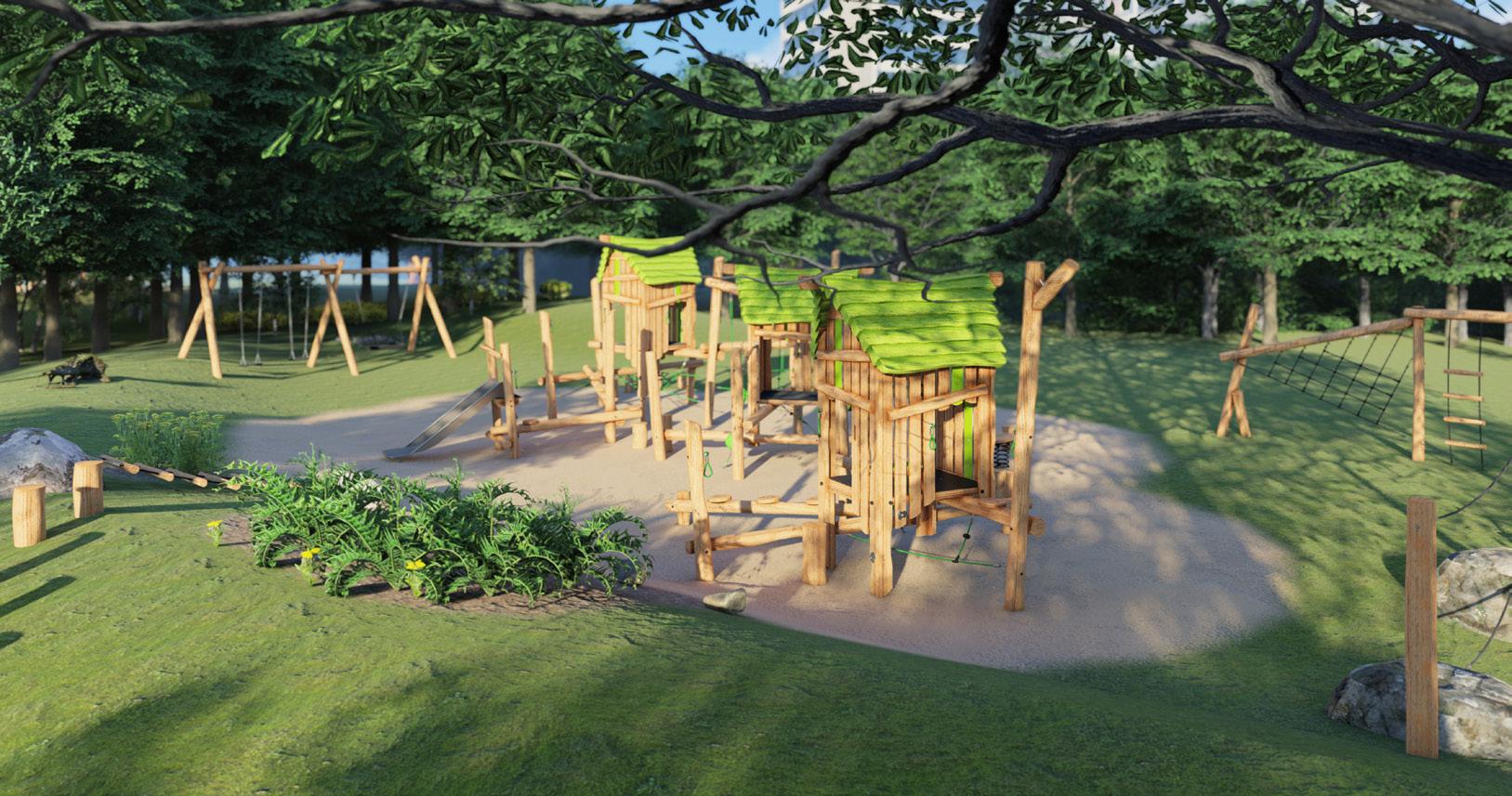
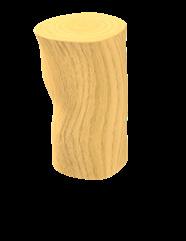
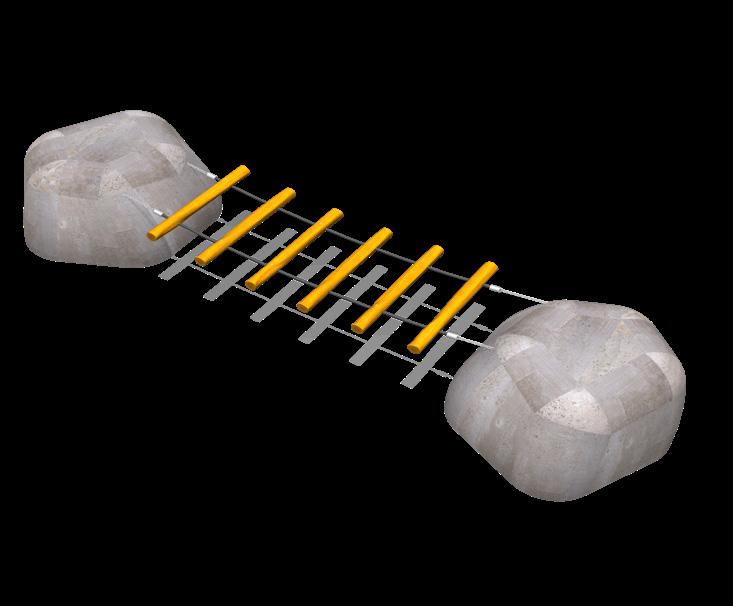


Adventure Play is modularly designed and constructed. This means that we can easily incorporate the equipment into a complete and challenging design. The new Adventure Play Explore products can easily be combined with the regular elements from the programme. This way you can create exciting and versatile play areas, matching the environment and with play values for each type of child.
The modular structure of the programme also ensures that parts and modules can be easily repaired, replaced and/or reused in the event of damage and/or wear. This way we reduce the life-cycle costs and extend the lifespan. Especially in a world where circularity is becoming increasingly important, Adventure Play is an ideal way to organise playgrounds in a sustainable way.
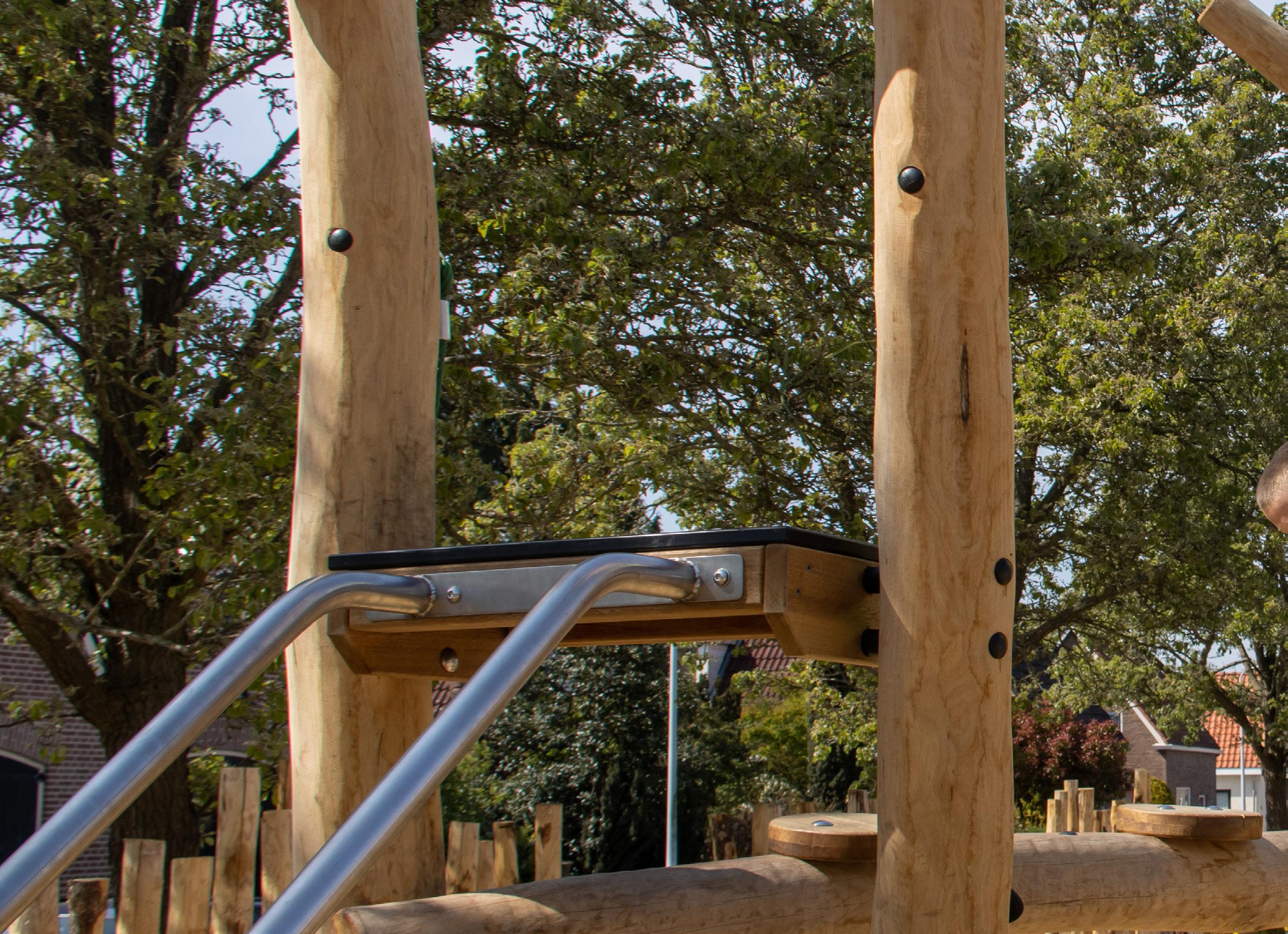

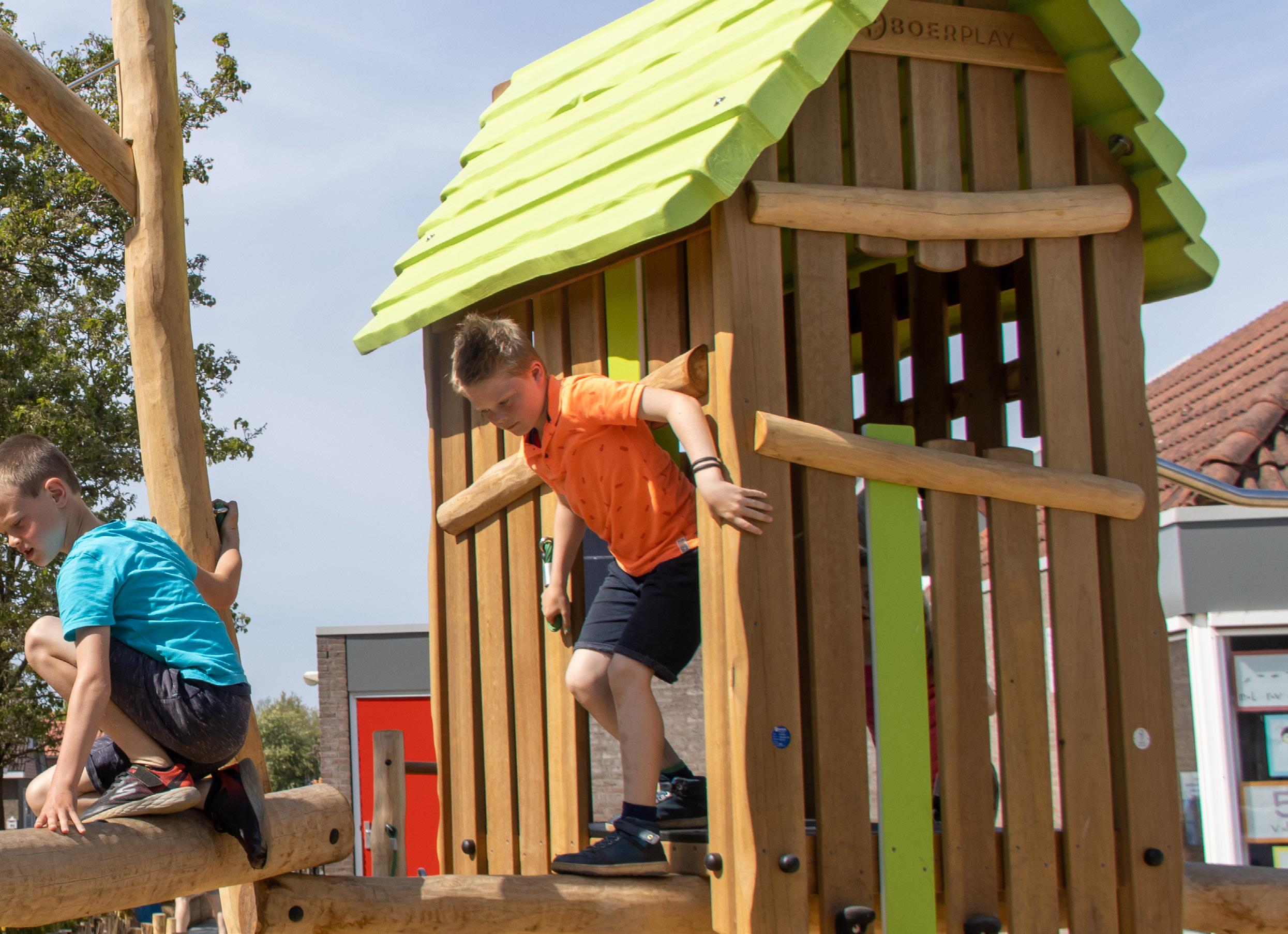

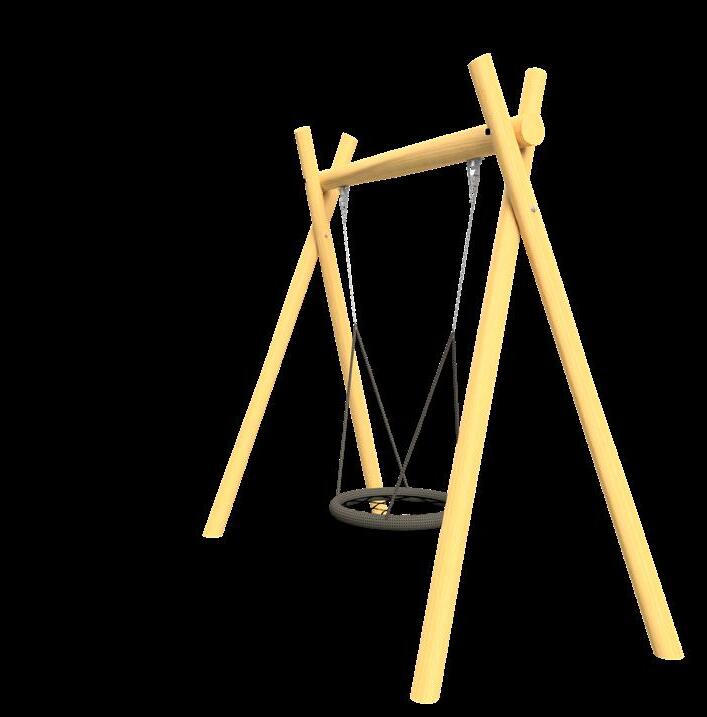

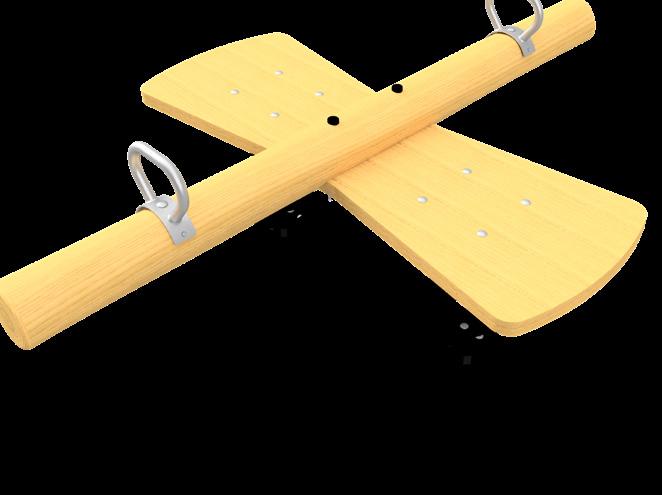
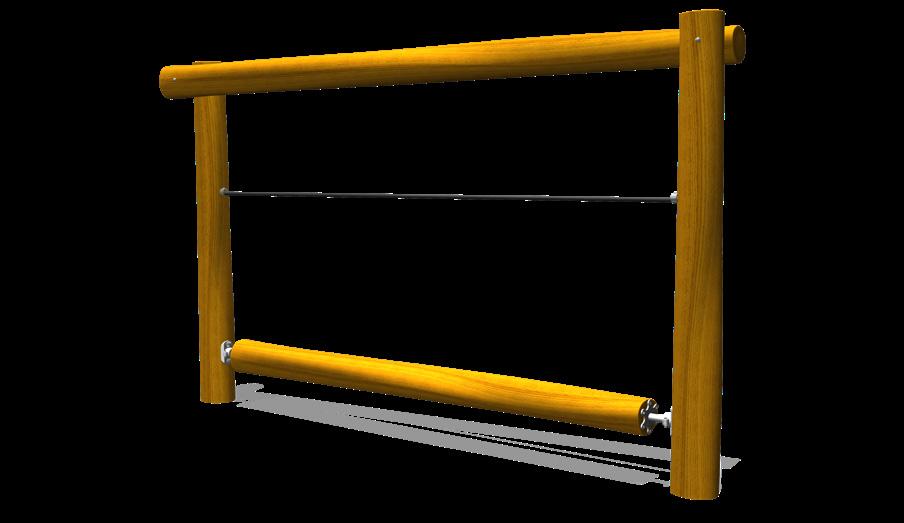
PSTE320.054


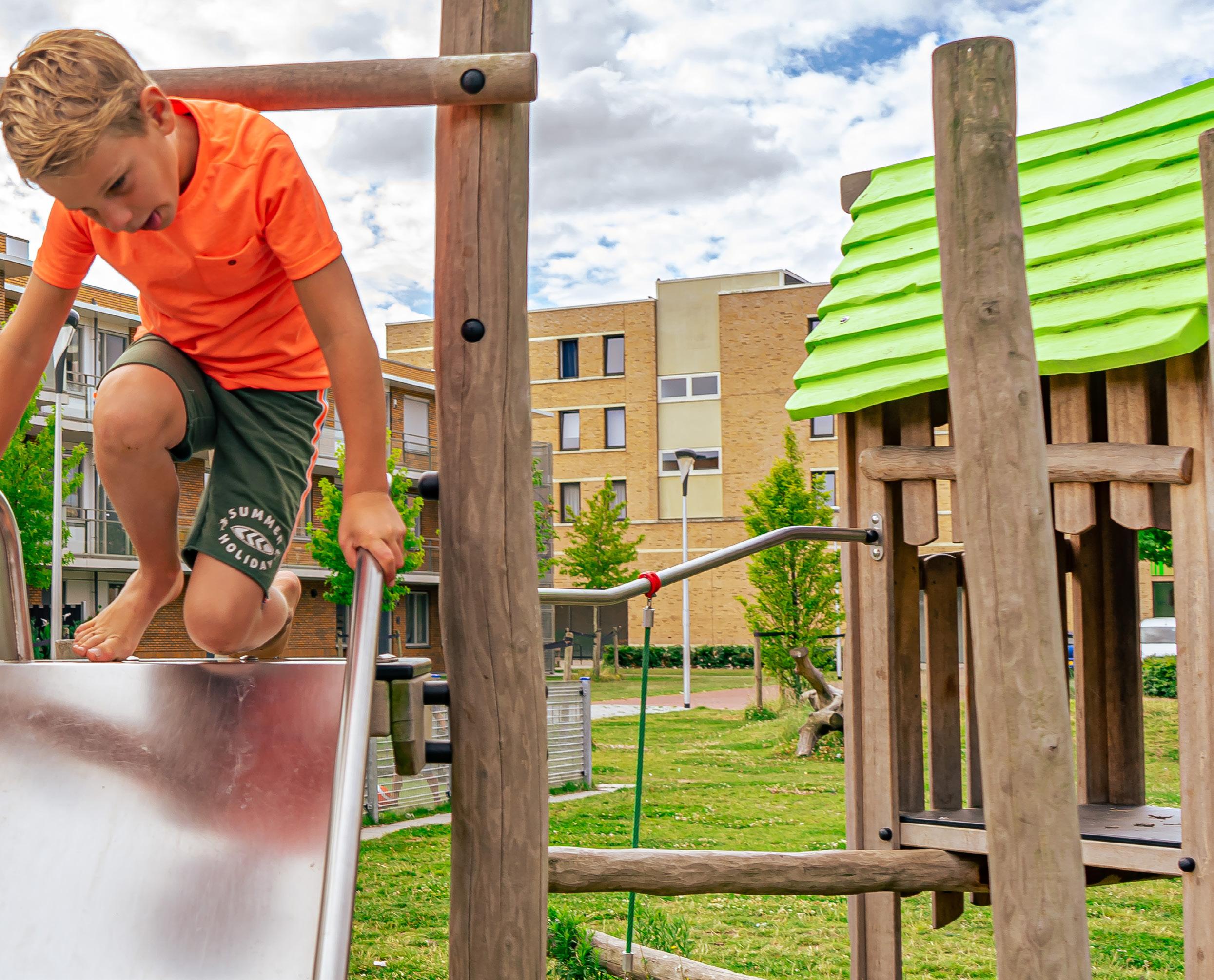

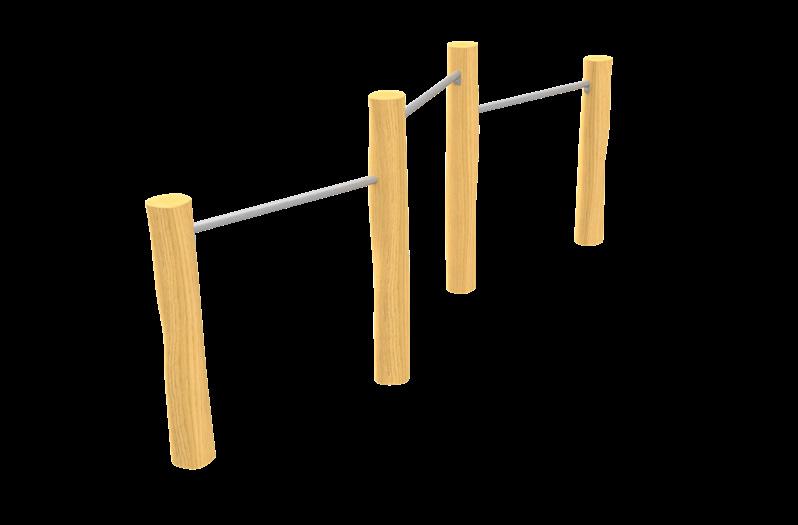



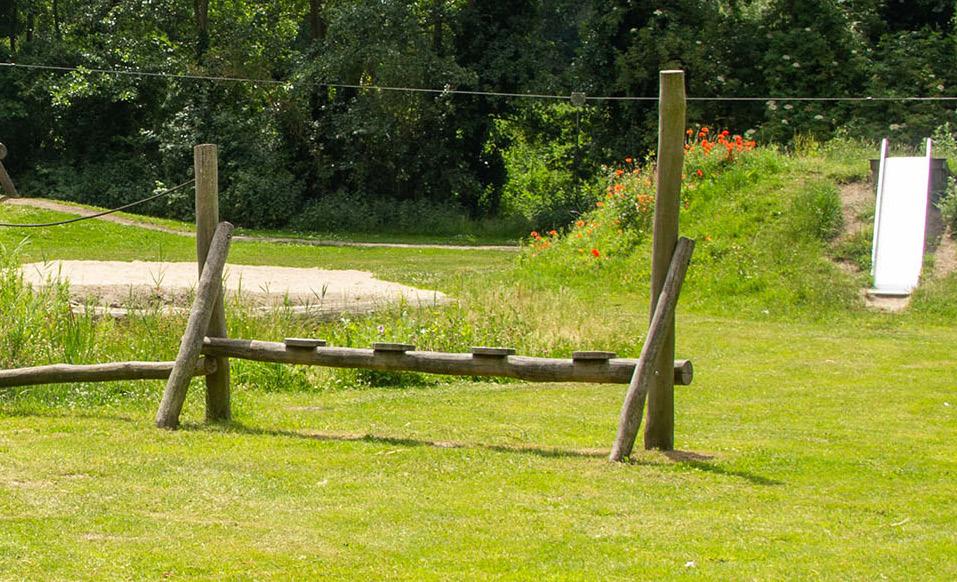


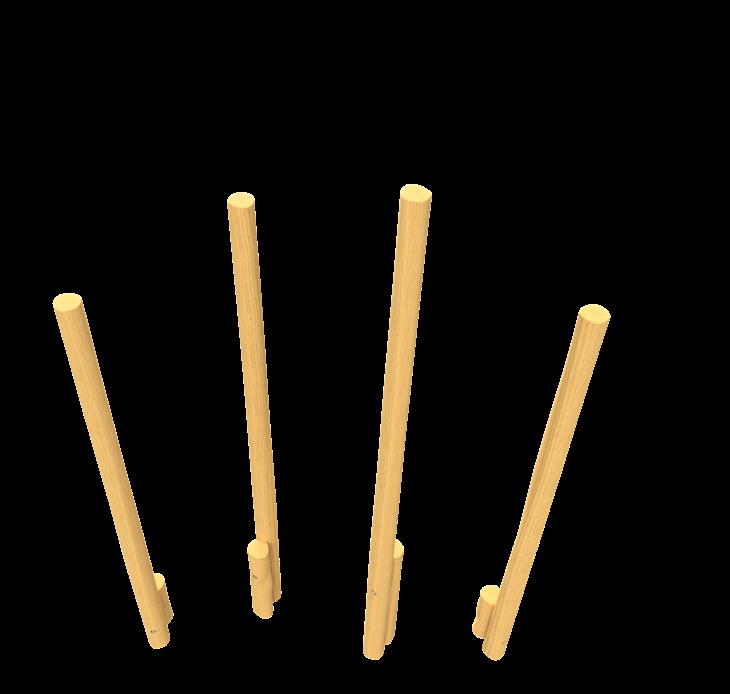

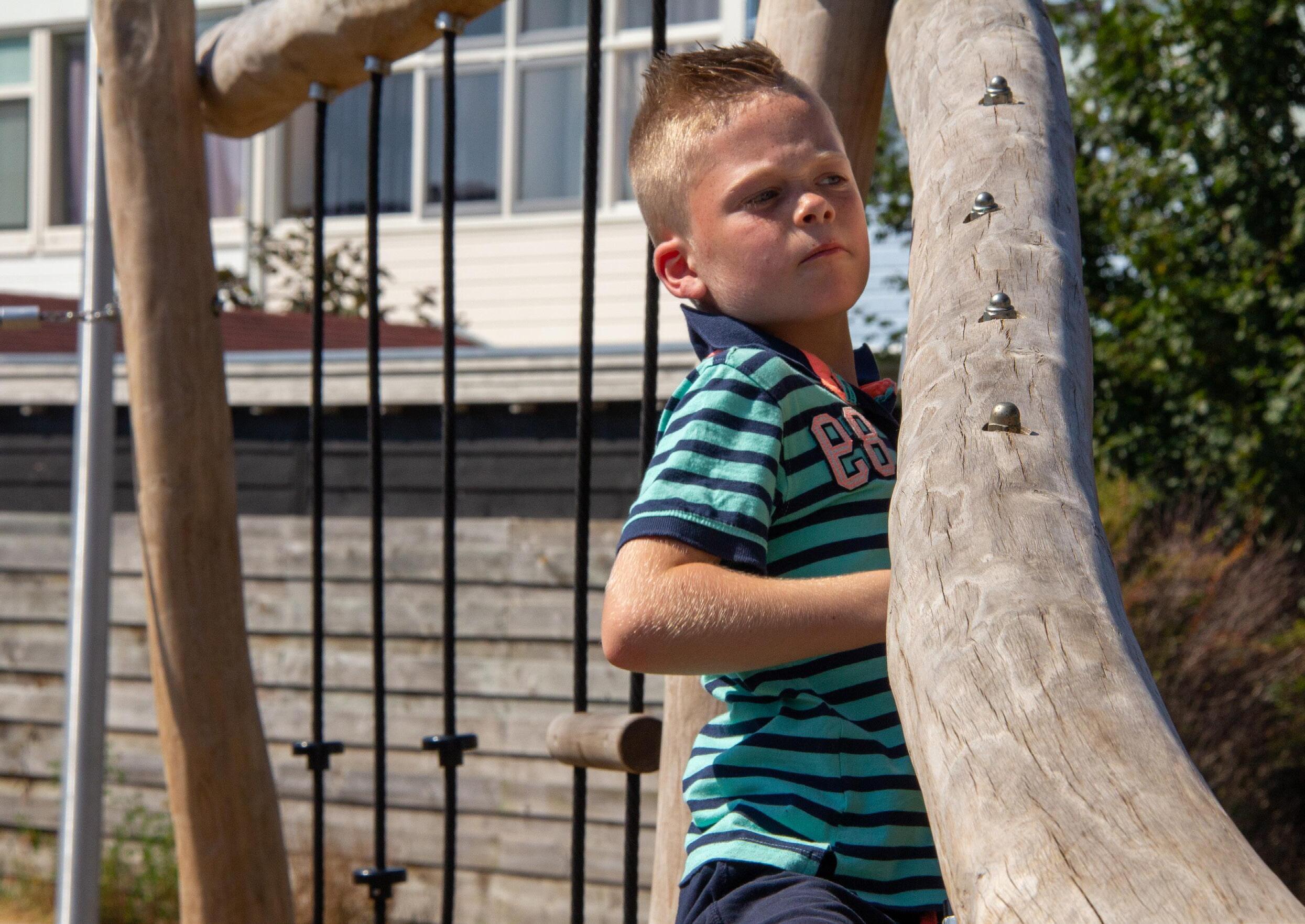
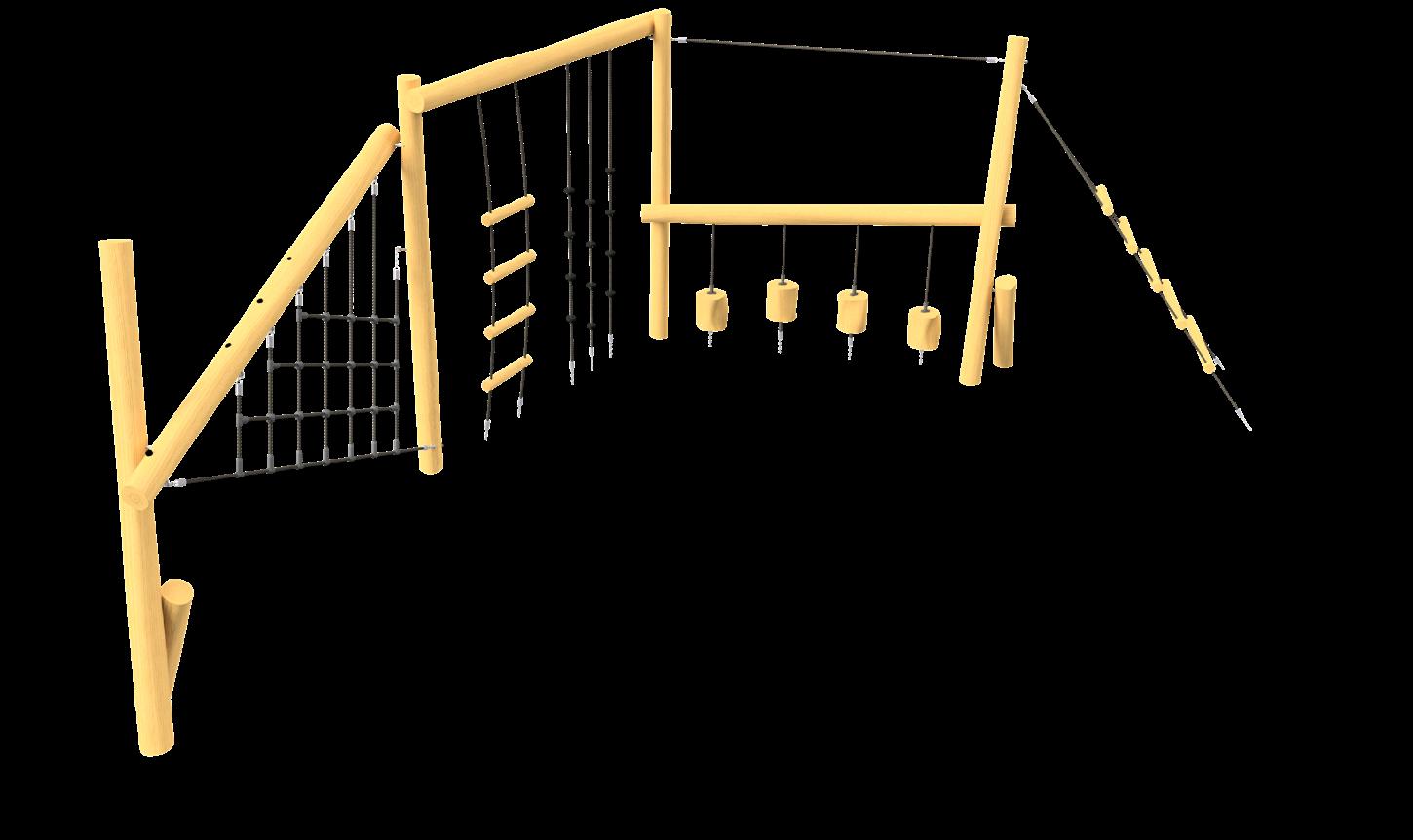
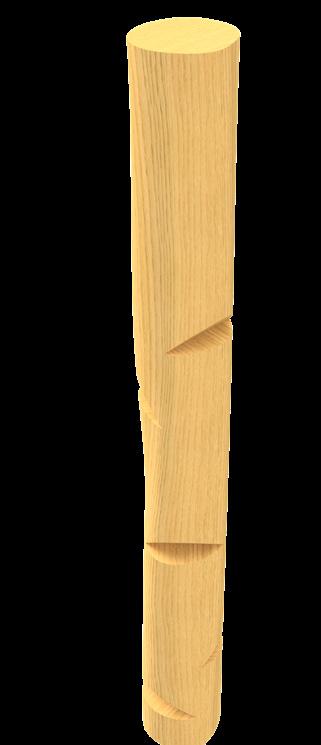
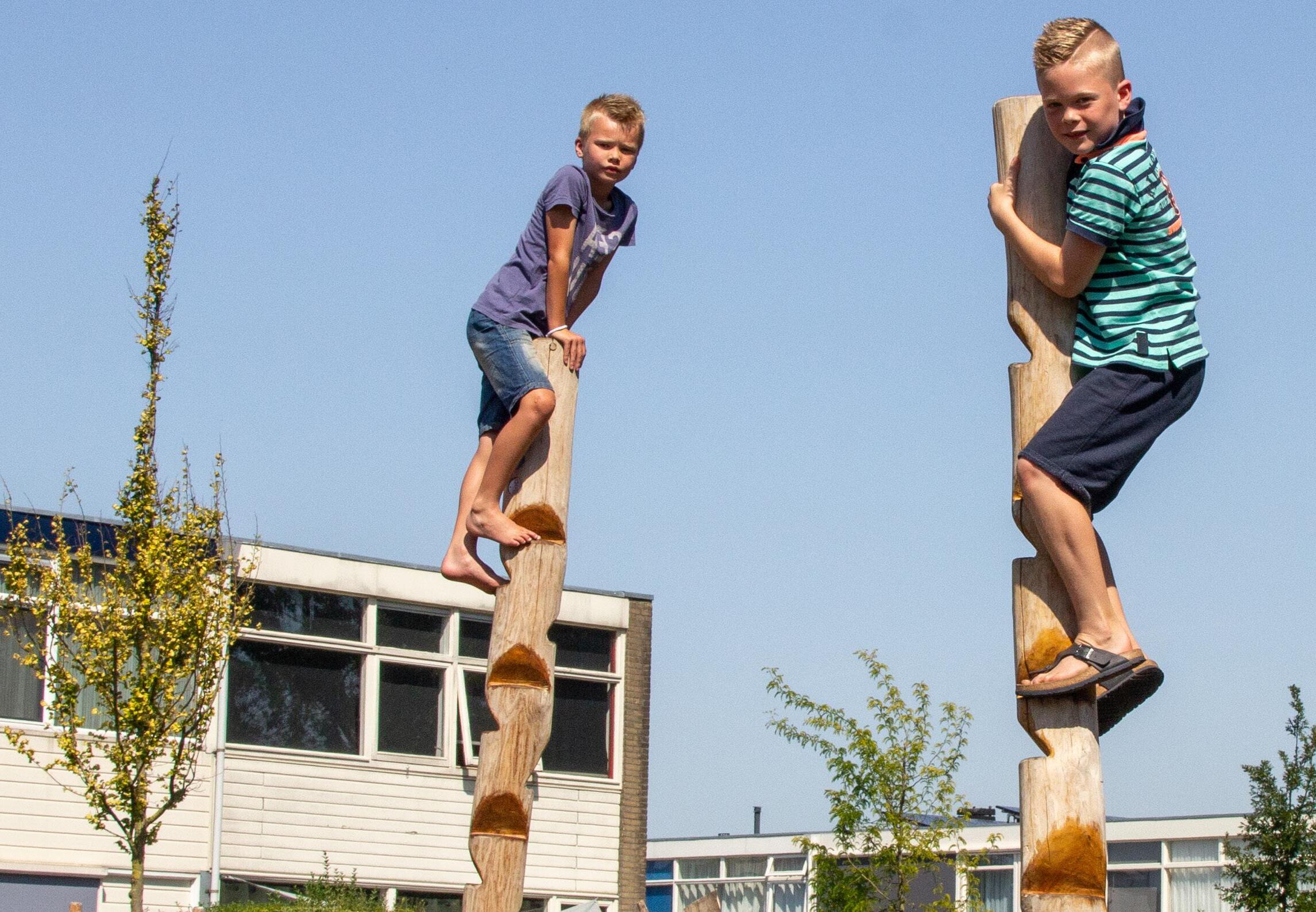
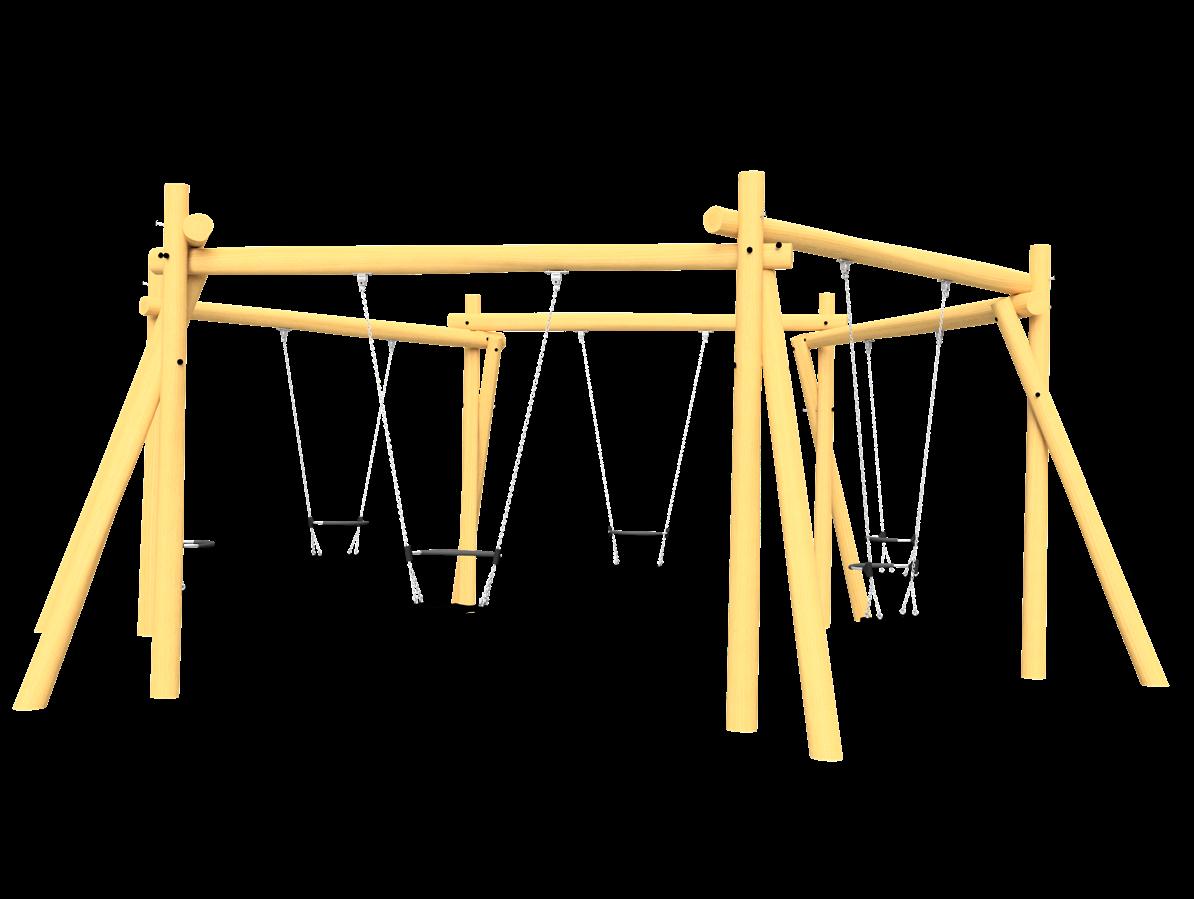
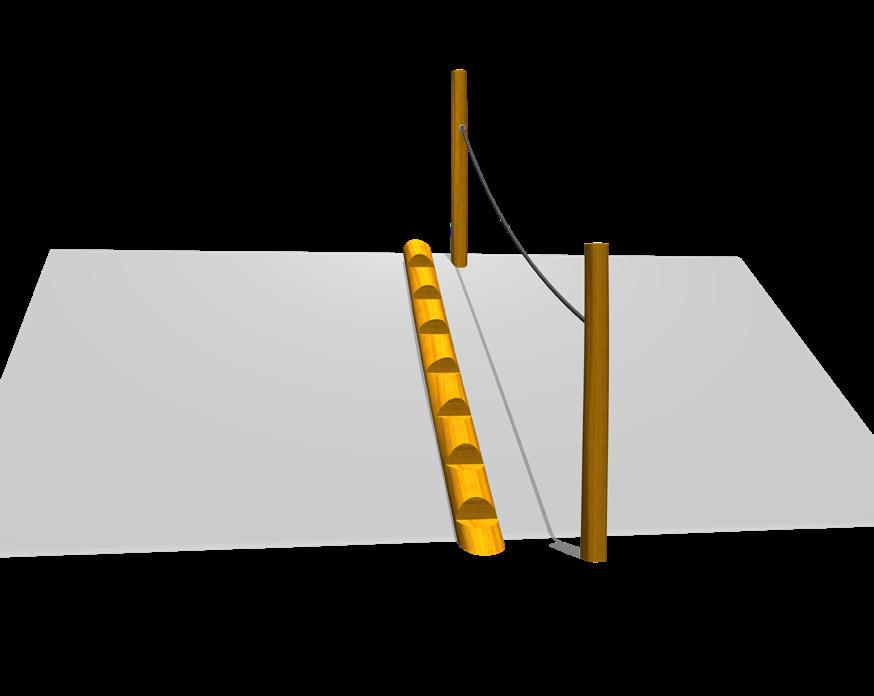
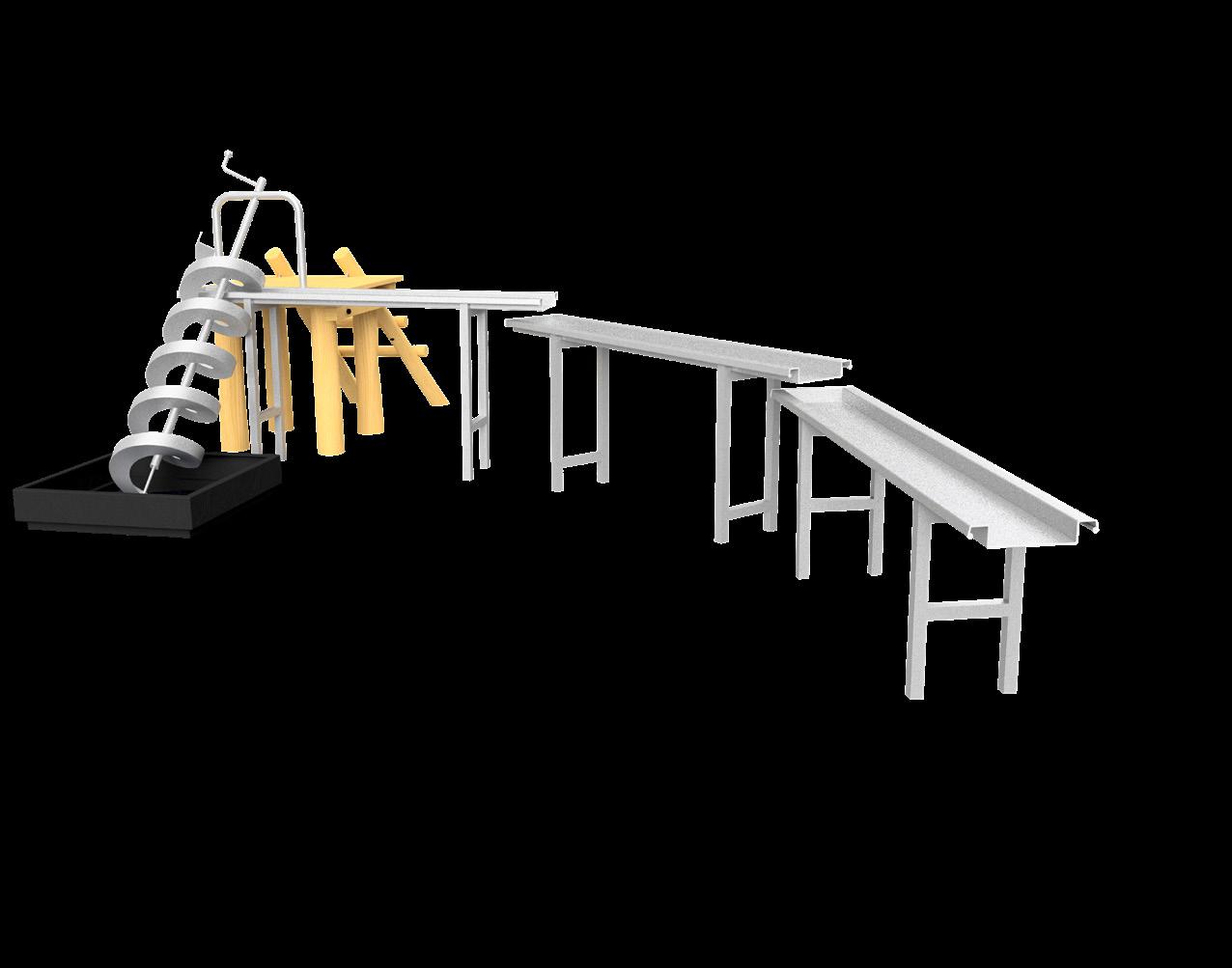
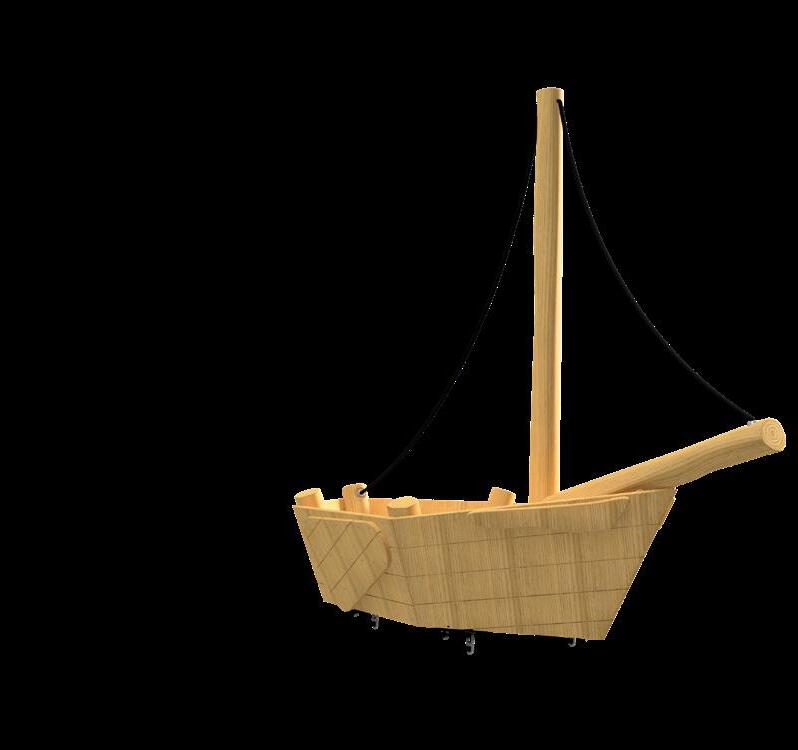
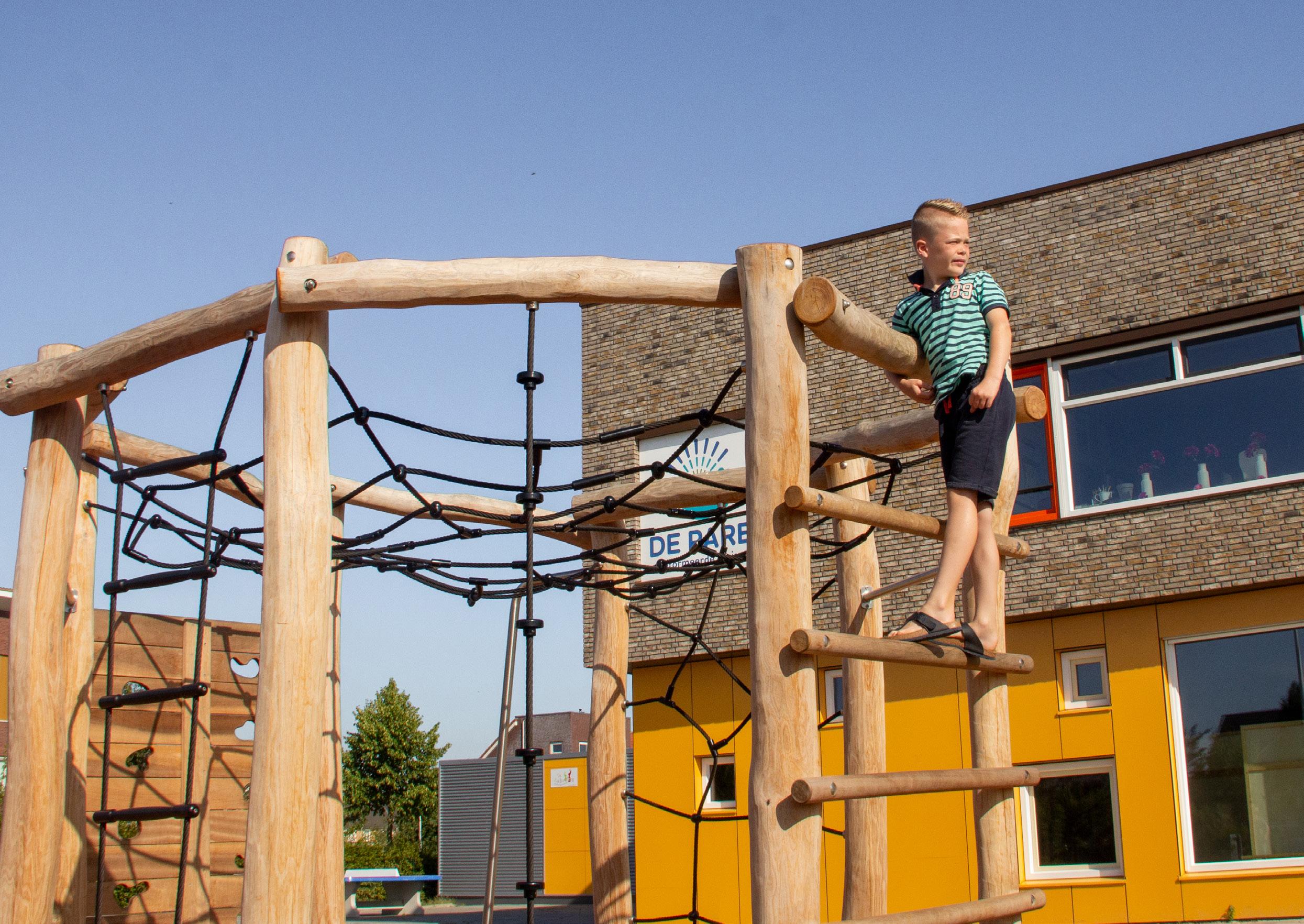
Climbing Octagon


Spinning disc slanted 46 cm PSTE000.041



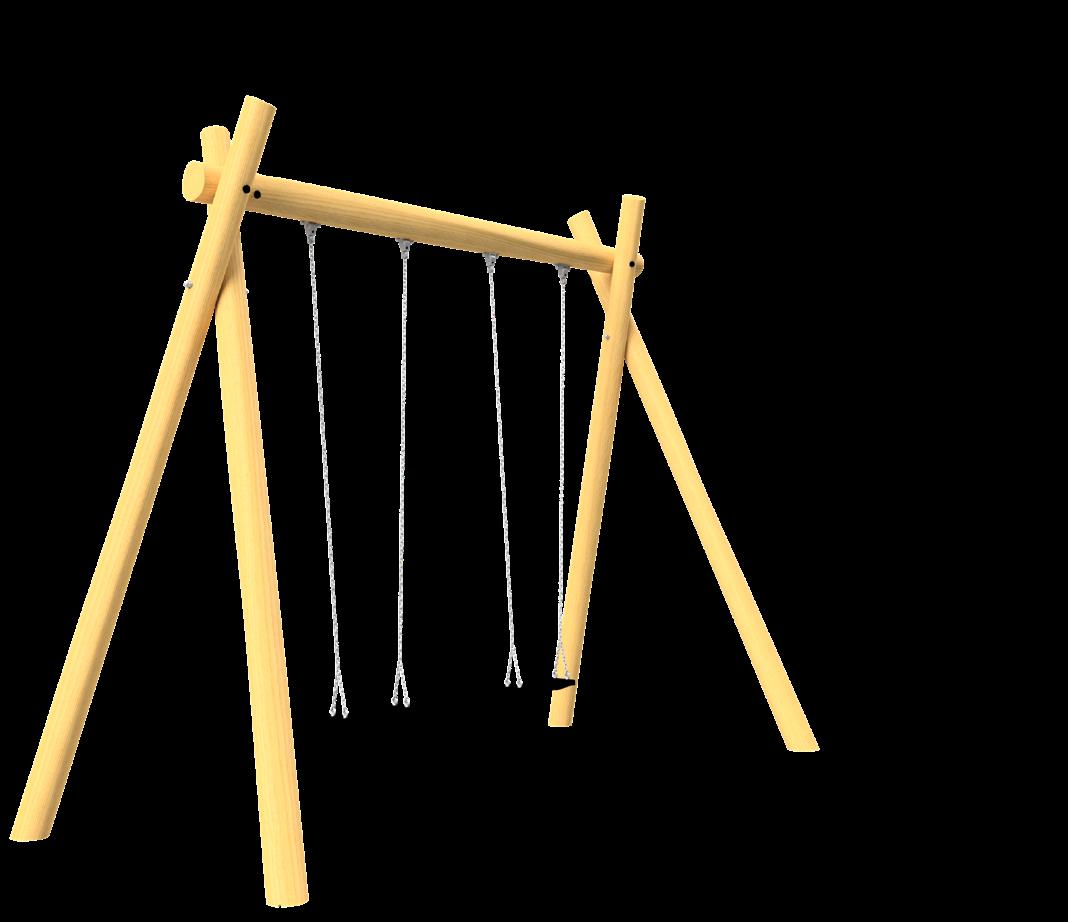

Falling is part of the game. Naturally, to prevent is better than to cure. In case one falls anyway, it is important that the surface prevents unnecessary injuries. Safety surfaces beneath Playground equipment must comply with EN 1177 regulations.
BOERplay (playground) equipment is designed in such a way that a grass area often suffices. In addition, there are many other safety surfaces one could use as impact absorbing ground material. Please find below an overview of possible absorbing ground materials.

* In the event of forced movement, a hard surface is excluded and absorbent materials are required for drop heights equal to or greater than 1.0 m. Spring sets cannot be installed on hard (paved) surfaces.
** Provided the surface is free of gravel and rubble.
*** Provided a sufficiently equal grain size
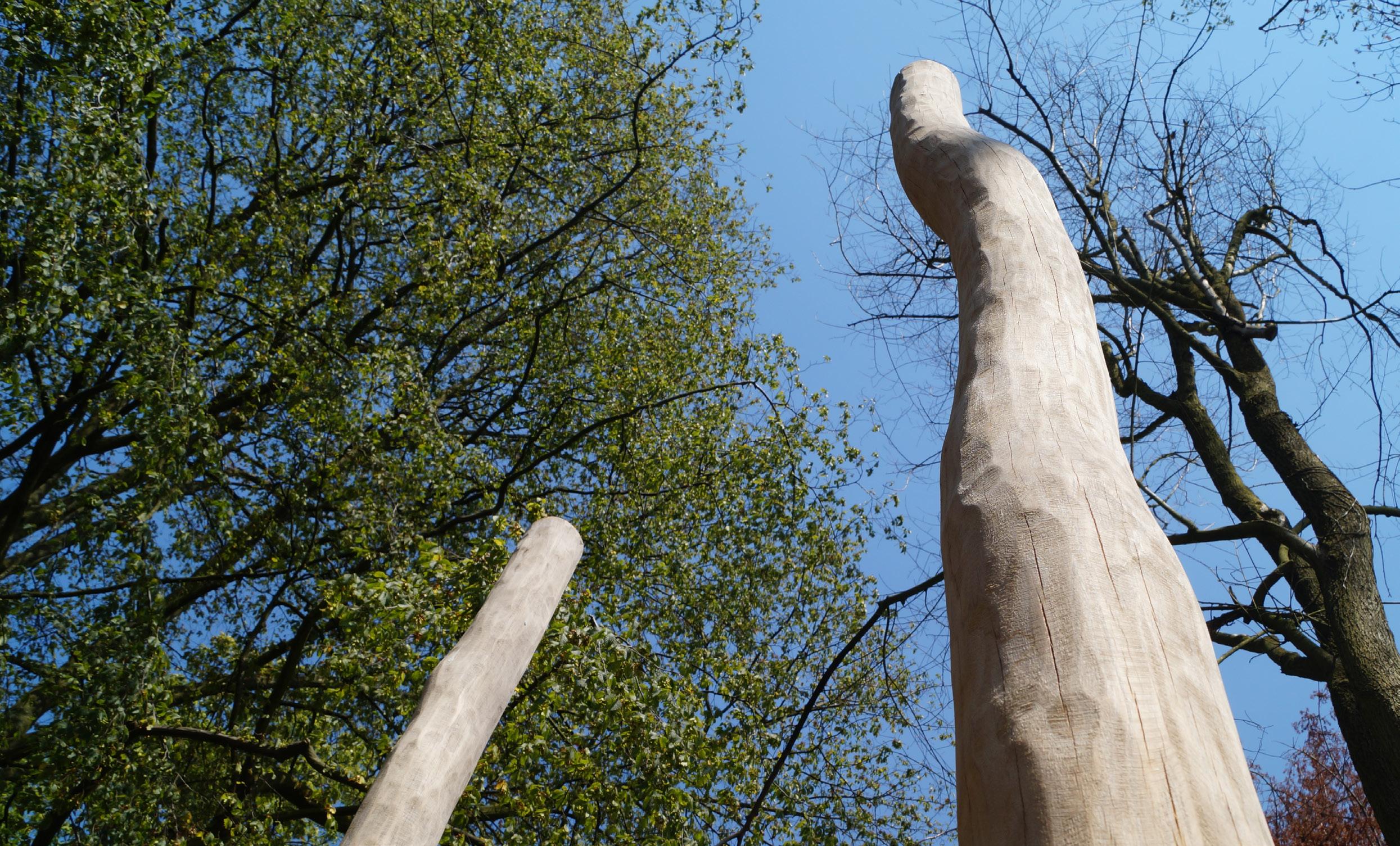
Robinia is a European hardwood. This type of wood comes from the acacia tree (Robinia Pseudoacacia). The wood has a natural resistance to both abiotic and biotic influences. Wood types are classified into different resistance classes. Robinia is the only European wood species that is classified in resistance class 1. It is a good alternative to tropical hardwood. Robinia is therefore particularly suitable for outdoor applications such as play equipment. Robinia endures for a long time without any problems. The lifespan of Robinia has been determined on the basis of extensive research (Molnar 1988), wherein for outdoor posts that are in contact with the soil, a lifespan of 15 to 30 years has been determined. For posts without contact with the soil, this even goes up to 80 years.
Sustainability and Social Responsibility go hand in hand within our company. That is why we believe in responsible forest management. FSC, the Forest Stewardship Council®, is an international organisation that promotes responsible forest management. We consider the use of FSC hardwood very important and are therefore also FSC certified.
The origin of FSC timber meets worldwide standards for sustainable forest management. The 10 FSC principles form the basis for these standards.
If forest owners adhere to the FSC standards, their forest can be certified. Independent auditors ensure compliance With the rules.

TRUE or FALSE?
3. Animals do no get goosebumps...
5. A bat also pees upside down.
2. Insects can hear sounds...
4. All trees reach an age of about 500 years
6. False, some monkey species such as the proboscis monkey can swim well.
5. False, a bat starts to fly or turns around when it needs to pee.
4. False, some trees get thousands of years old!
3. False, animals also get goose bumps.
2. True, crickets even hear with their knees!
1. False, big cats (lions, tigers, jaguars and leopards) cannot purr.
P. 43:
Bonus: There is another swing seat on the rightmost swing (see 1).
11. flower bush.
10. shovel + bucket
9. one car missing
the car
2. spring of the bull 8. colour of
23: 1. swing is gone
roof
strawberry
P. 17: 1. leaf vein
P. 16: From fast to slow(er): Peregrine Falcon (389 km/h), Guano Bat (160 km/h), Pigeon (149 km/h), Cheetah (121 km/h), Sailfish (110 km/h). A human runs on average 11 km/h!
Colophon: This brochure is a publication of BOERplay. Printing, typographical errors and any changes to the models shown in this brochure are reserved. No part of this publication may be reproduced in any form or by any means without written permission from the publisher.
VE 14032023
Consulted sources:
https://www.veiligheid.nl/risicovolspelen/onderzoek - juni 2019
TNS-NIPO (2016) Versterken risicocompetenties bij kinderen. Onderzoek uitgevoerd in opdracht van VeiligheidNL, Amsterdam
Kuiper, J., Cotterink, M., & Van Rooijen, M. (2017). Position Paper Risicovol Spelen natgeojunior.nl
43 BOERplay - Adventure Play EXPLORE
We reserve the right to make printing and typographical errors and changes in this brochure. Nothing in this publication may be reproduced in any form or by any means without the written permission of the publisher. VE14032023
